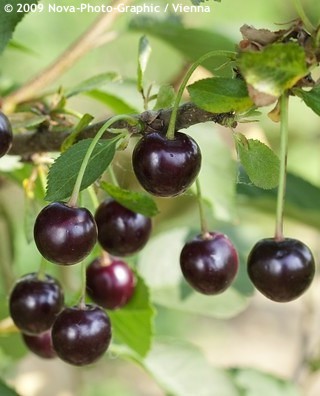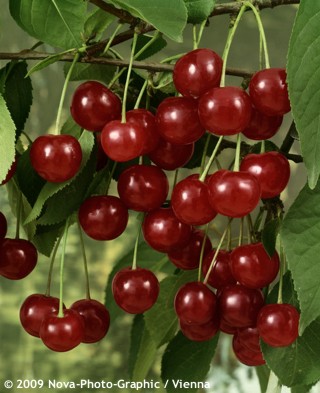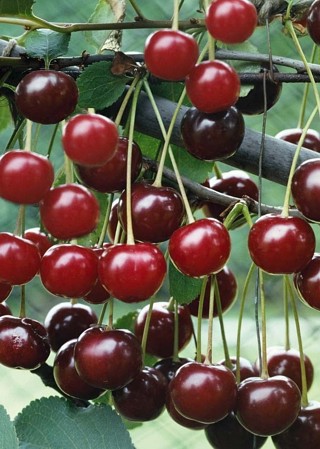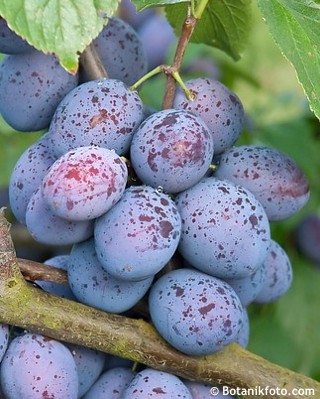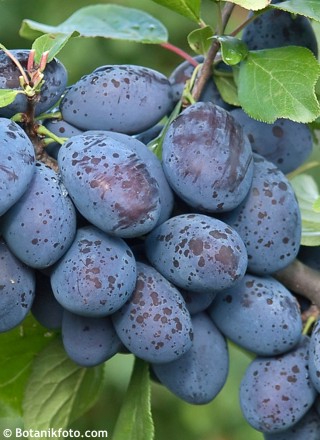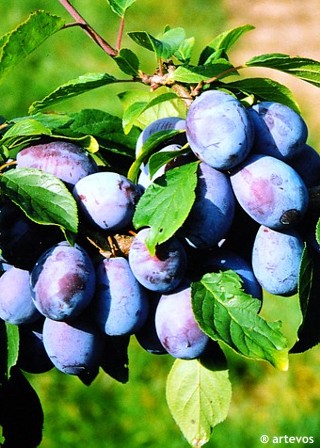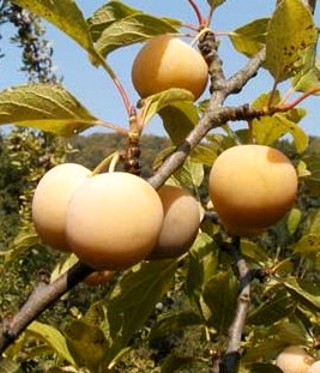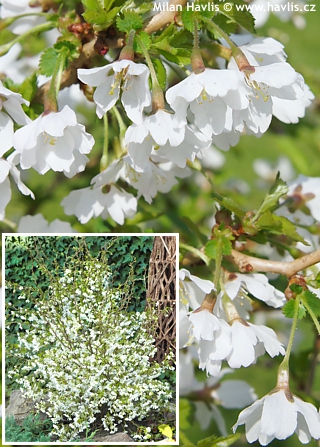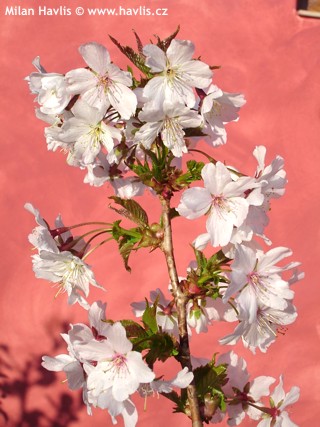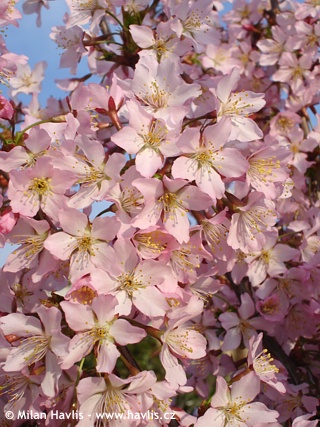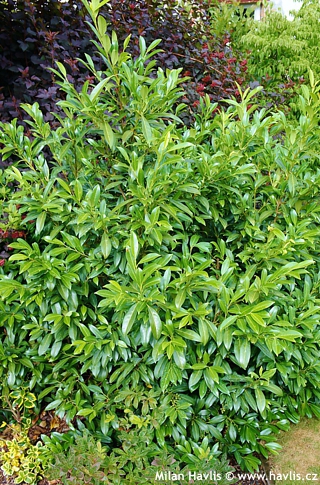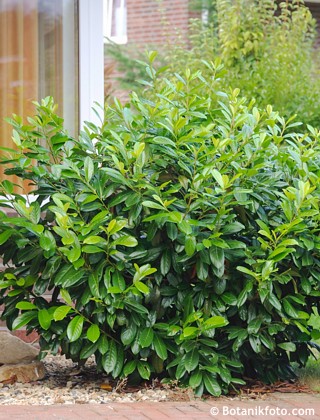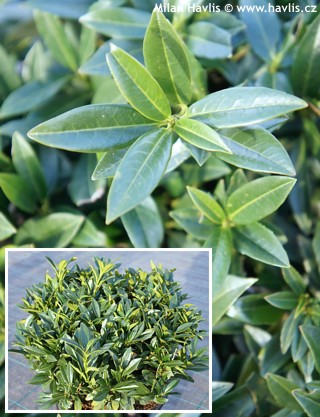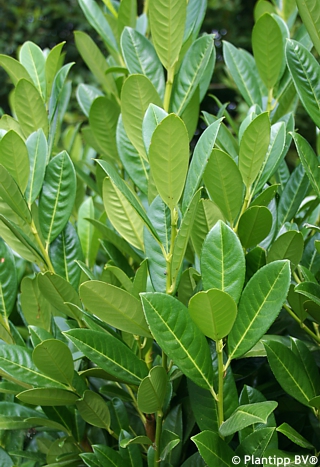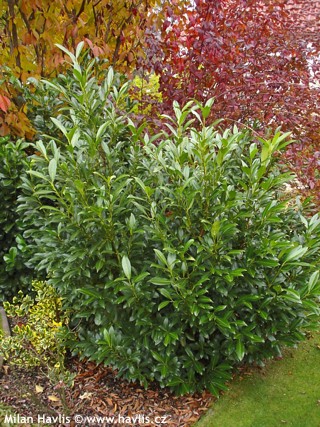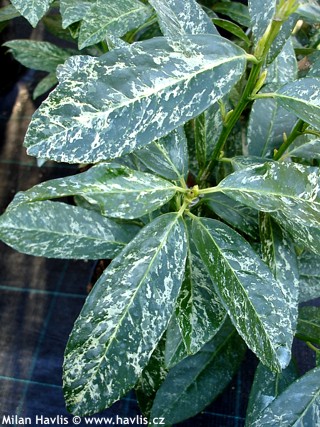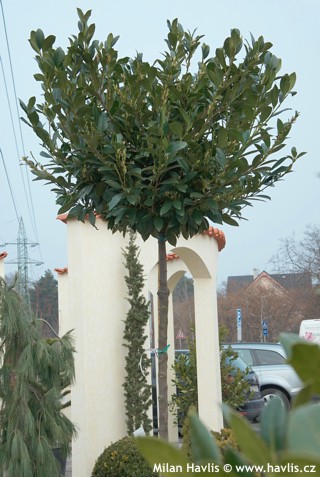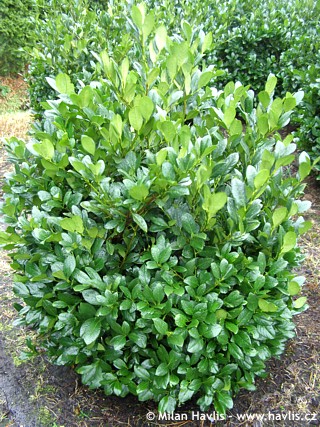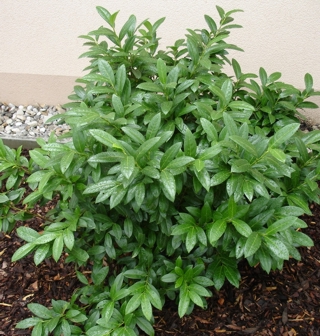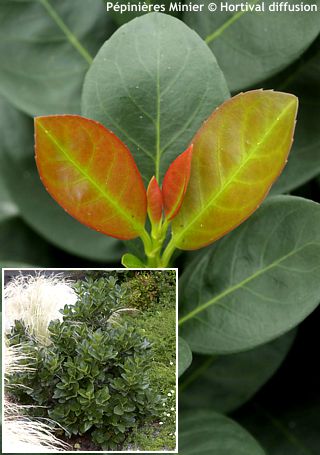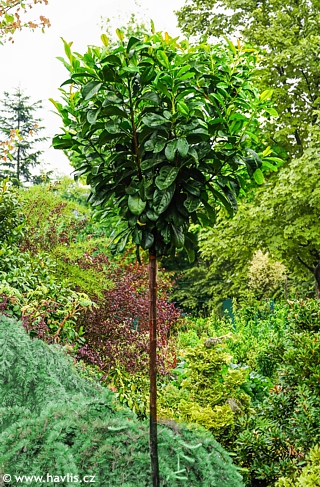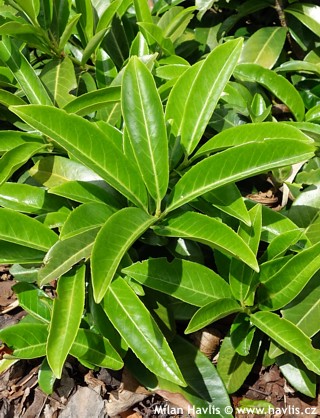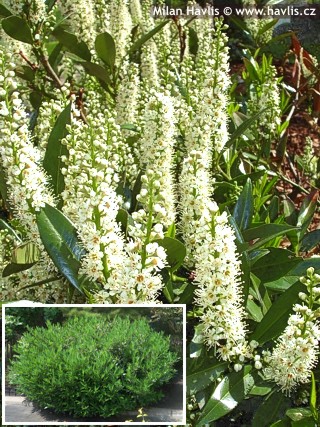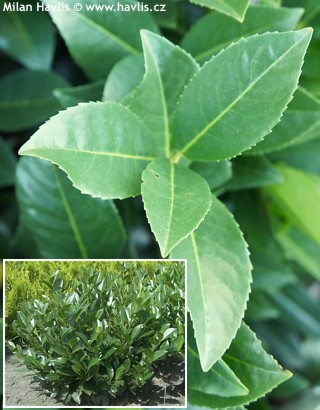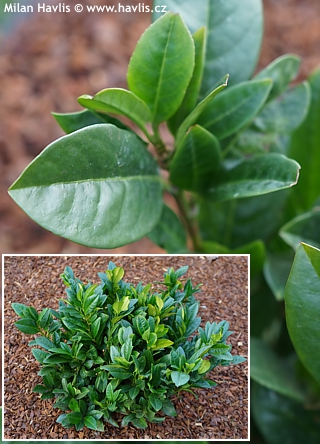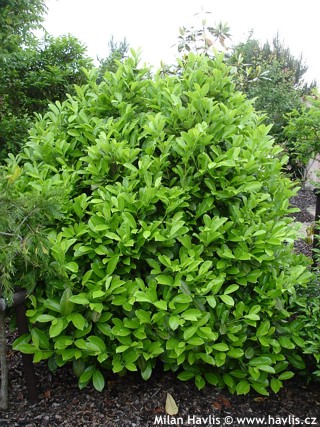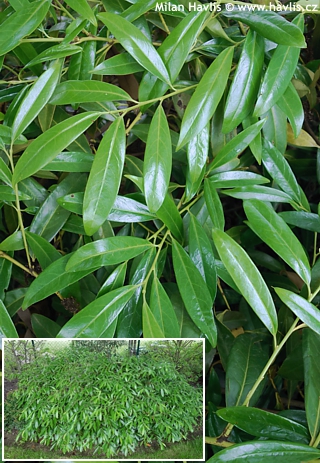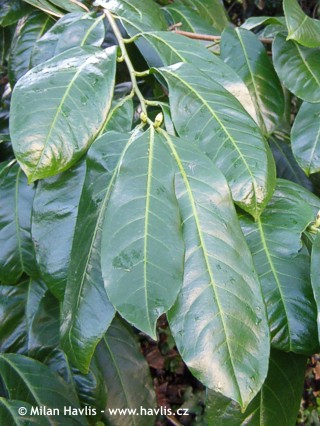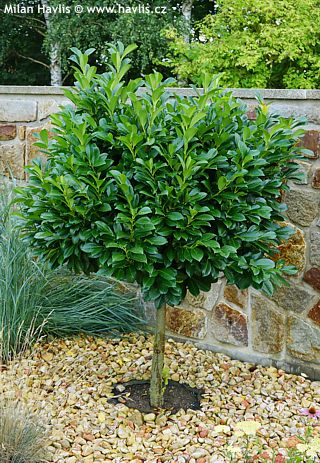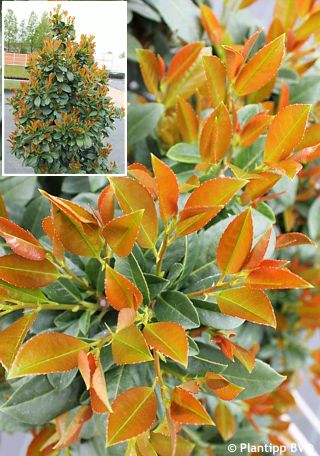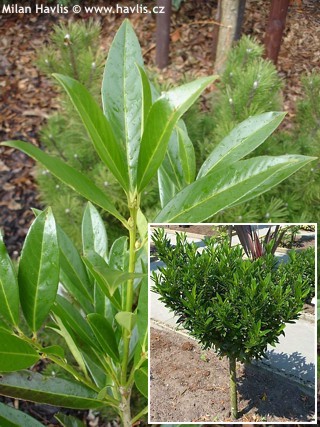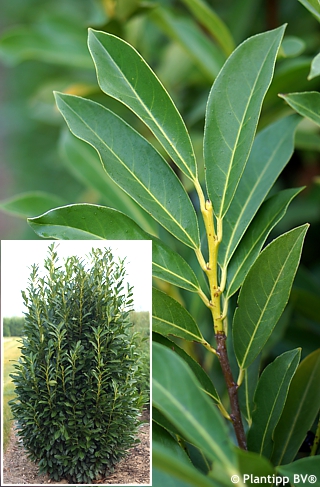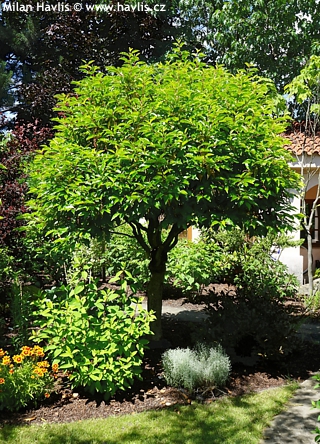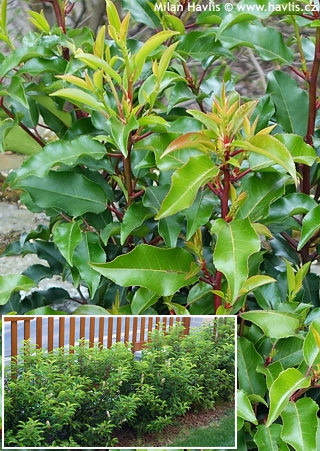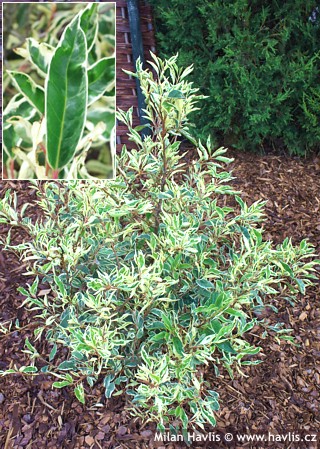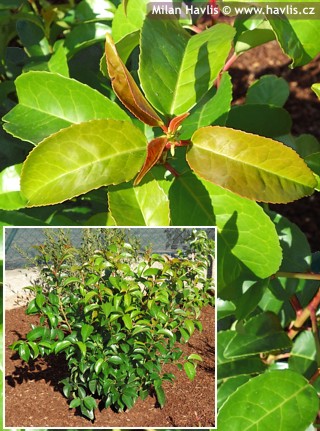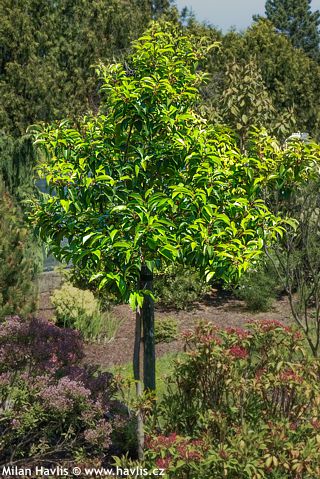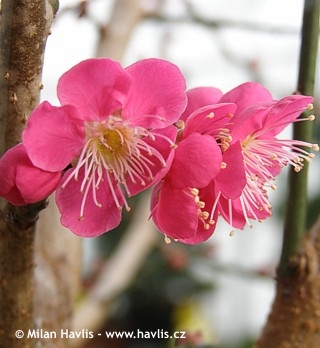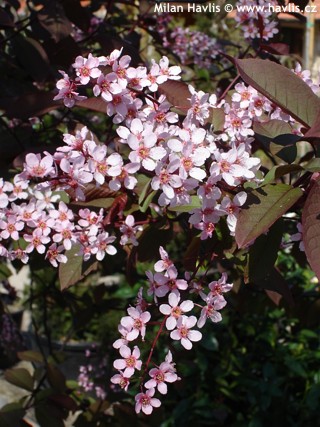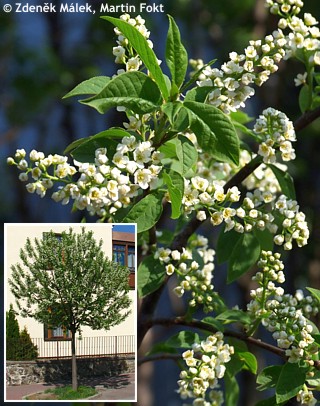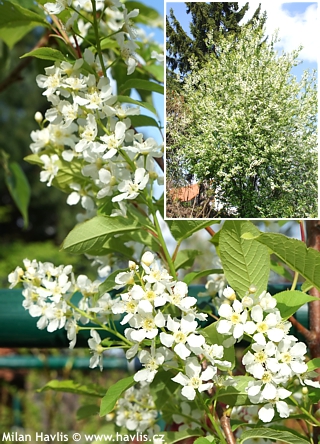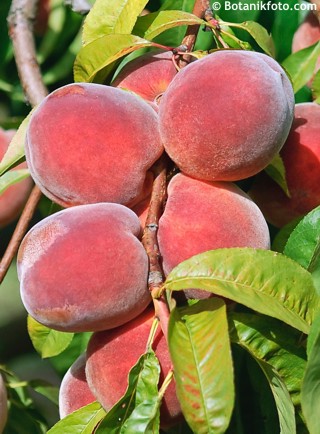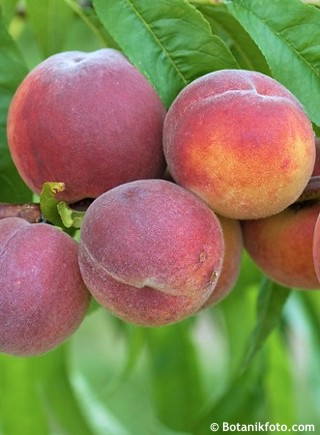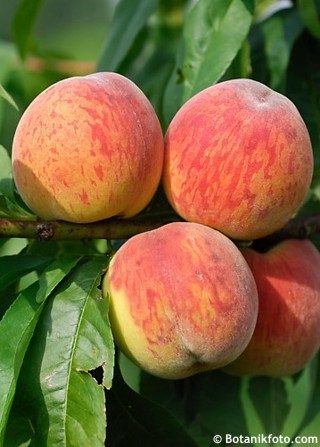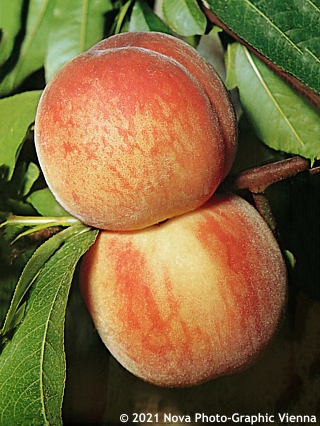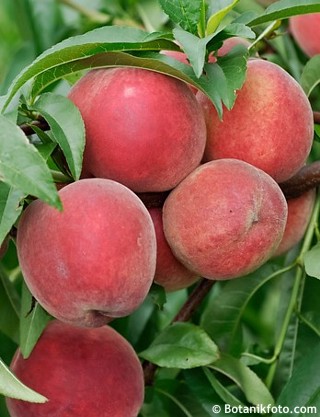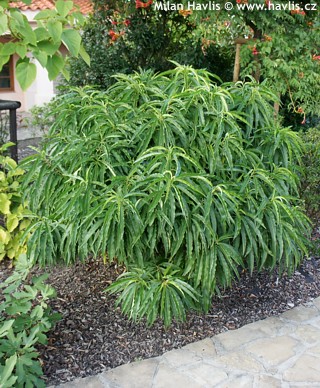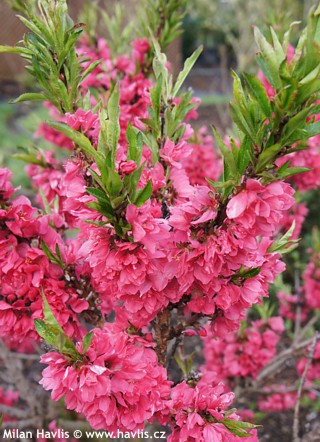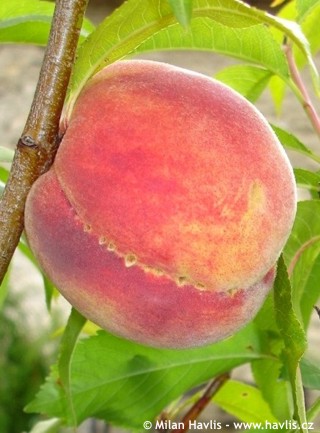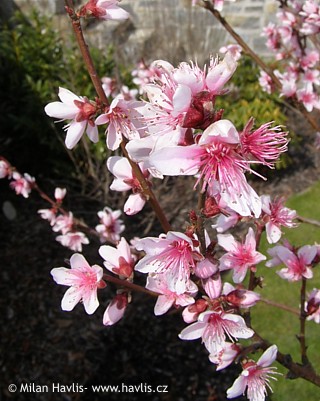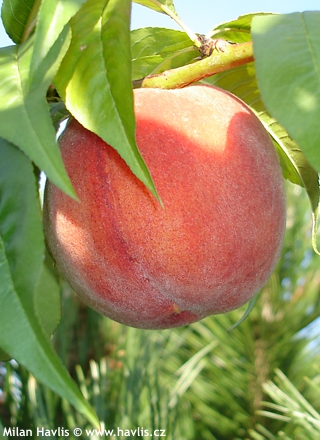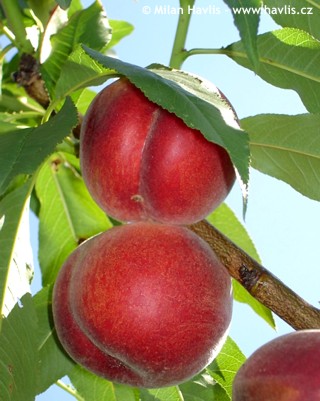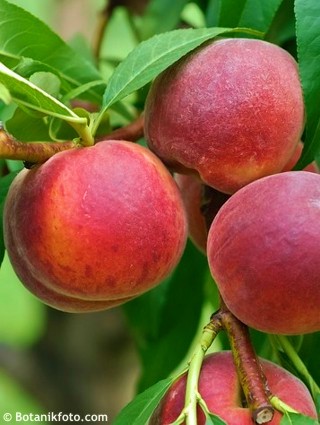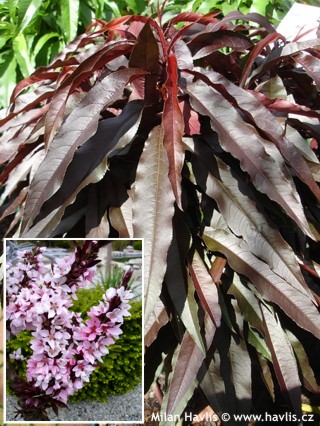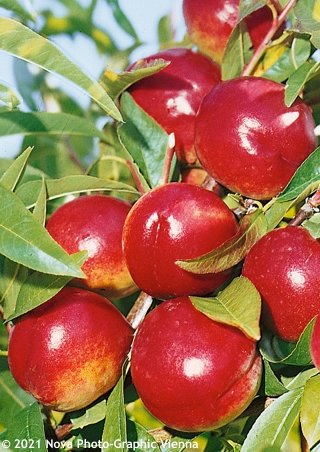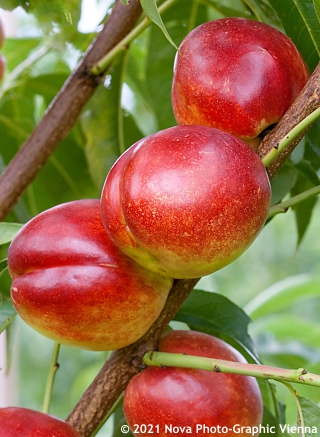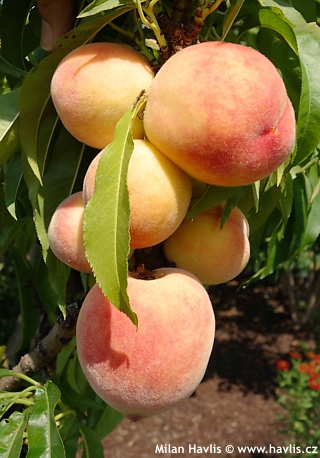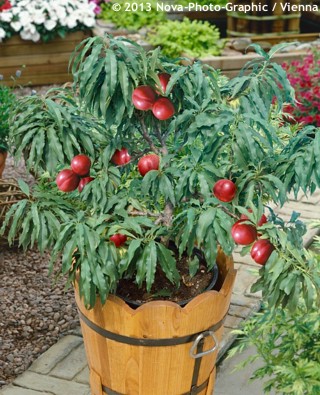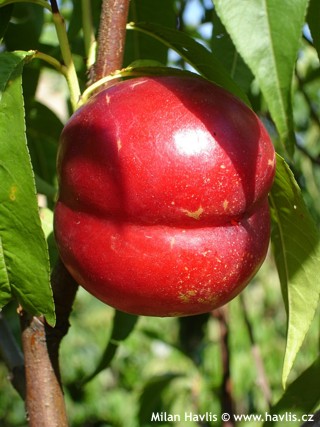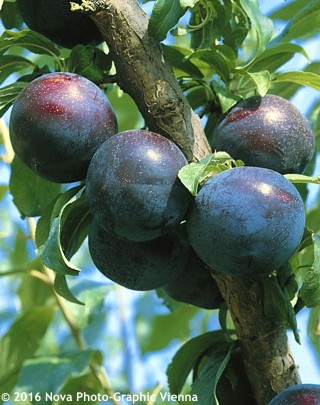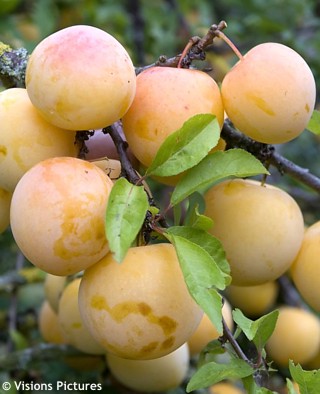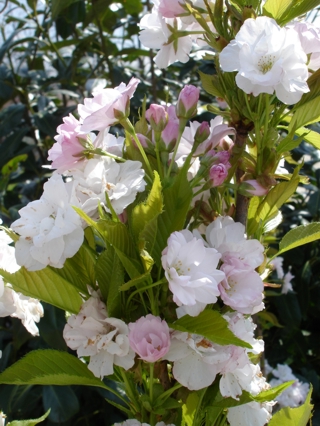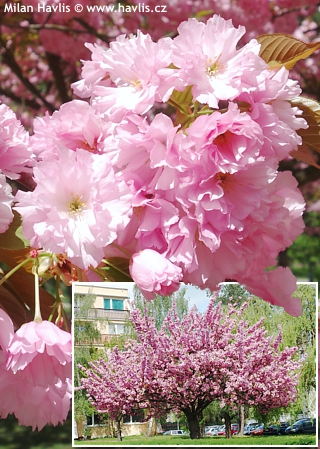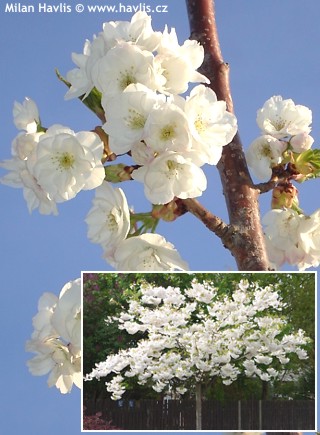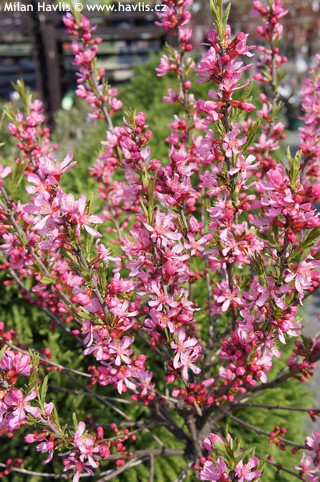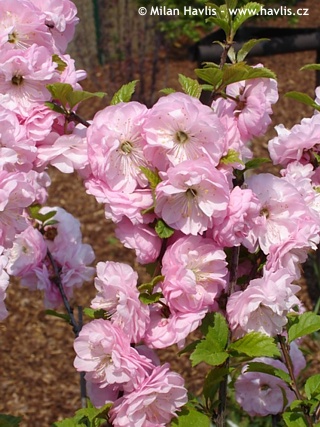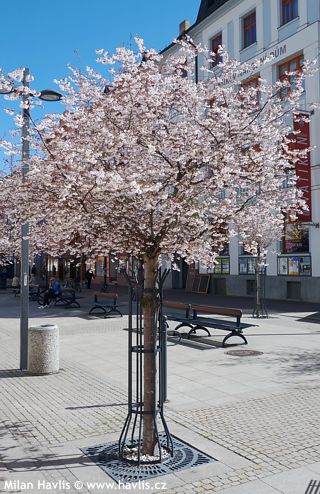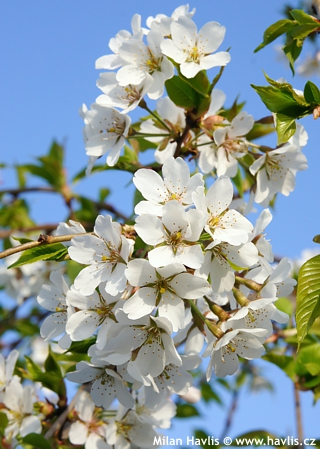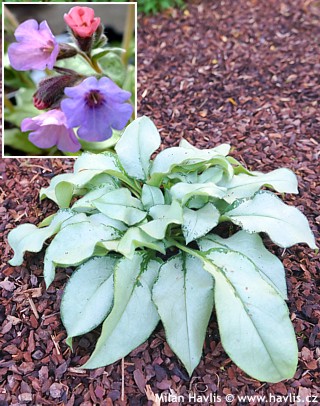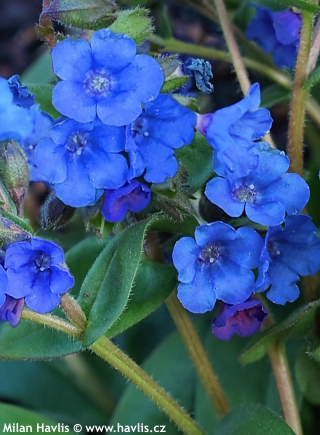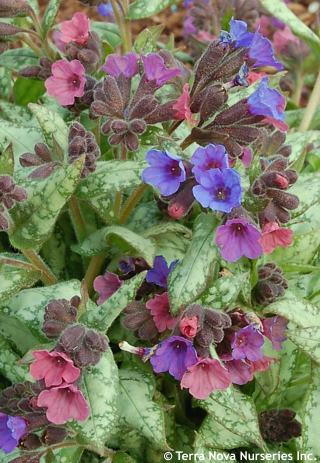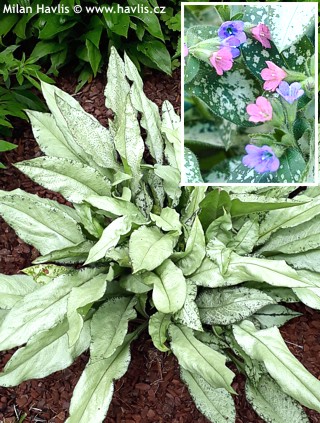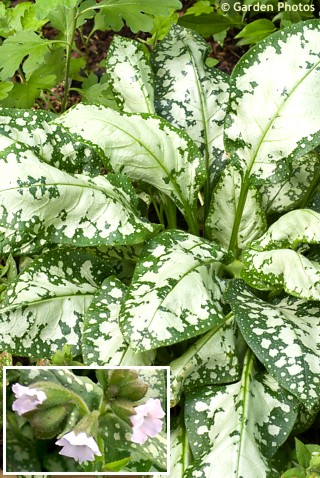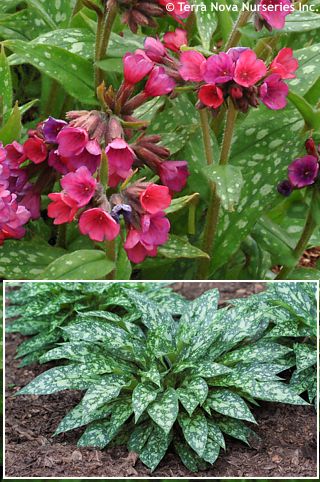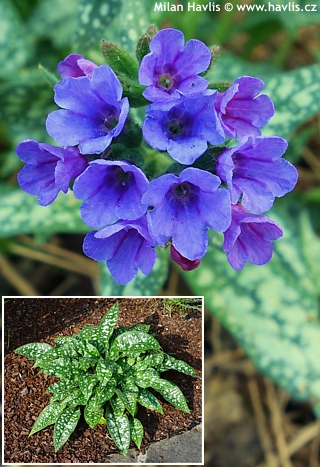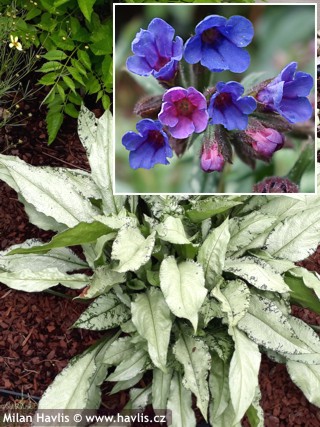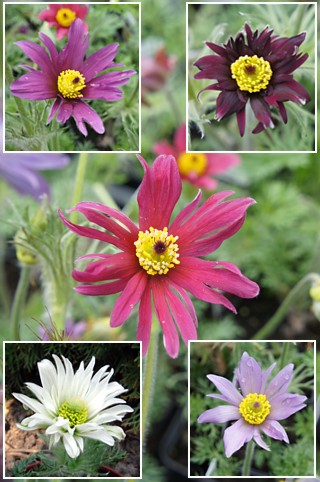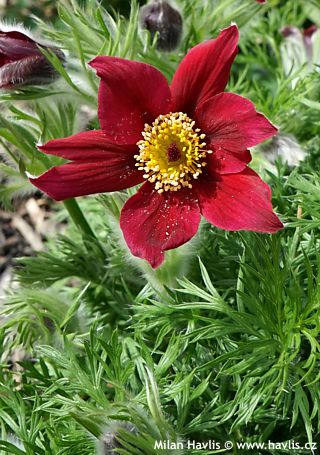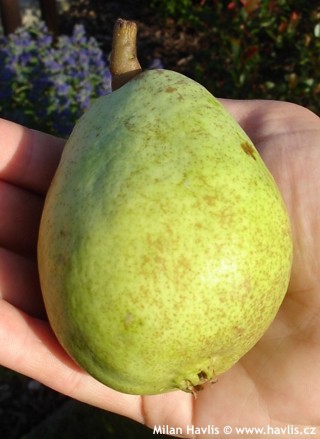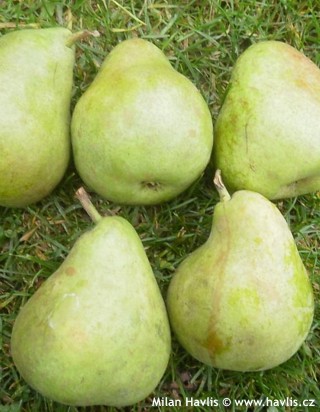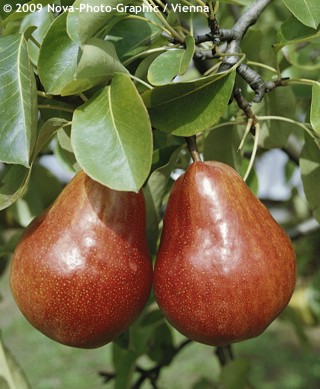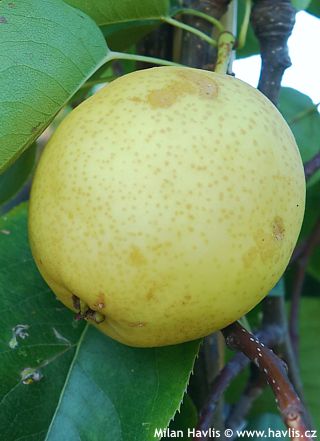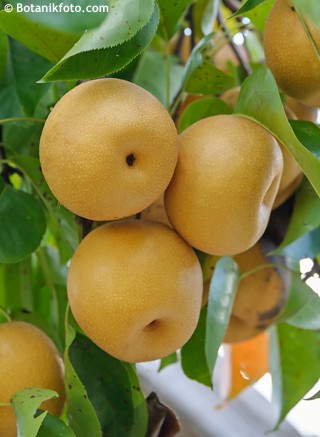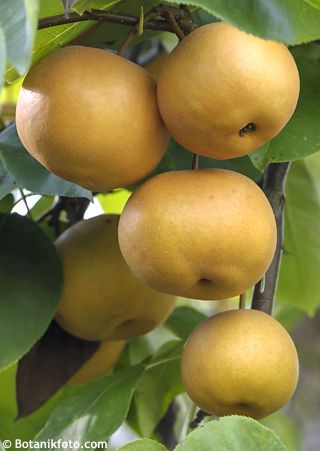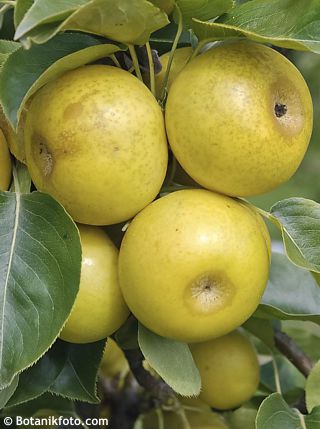CURRENTLY IN STOCK:
Alexander Fleming is a fully double perennial peony variety introduced in 1950 and achieved by crossing Bunker Hill and Sarah Bernhardt. As it was named after a doctor who invented penicillin its variety name often has Dr. at the beginning. The flowers are medium pink, fragrant, large and heavy, and ...

V - VI

0,8 - 1m

0,5 - 1m

full sun

for zone 5+6

for zone 7
Bowl of Beauty is a fantastic perennial peony. The name not only says how gorgeous this variety is but also refers to the flower shape which is Japanese anemone-type: rounded at the bottom, not opening too wide, with a rich centre. The lower petals are magenta pink and contrast beautifully with the ...

V - VI

0,8 - 1m

0,5 - 1m

full sun

4 (down to -34°C)

for zone 5+6

for zone 7
Another coral coloured perennial peony comes from the same breeders as its sister seedling Coral Charm. Its name is Coral Sunset and it fully describes its colour beauty. The flowers are semi or fully double, rich salmon to coral pink with light yellow shades that appear apricot orange in afternoon ...

V - VI

0,6 - 0,8m

0,5 - 1m

full sun

4 (down to -34°C)

for zone 5+6

for zone 7
Enchanting Pink Elsa is a perennial peony from a Dutch series Fabulous Flowers®. It produces large, bowl-shaped, semi-double, fragrant flowers with pastel pink petals and numerous creamy white to light butter yellow dwarf sepals in the centre. Flowers appear from late May, atop 70-80 cm tall st ...

V - VI

0,7 - 0,8m

0,5 - 1m

full to partial sun

4 (down to -34°C)

for zone 5+6

for zone 7
Charlie's White is an exceptionally gorgeous herbaceous peony bred by Charles Klehm in 1951. Its flowers are medium sized, fully double and beautifully formed with pure white petals around a compact head of almost linear petaloides which are light yellow as the flower opens up and turn as white as t ...

V - VI

0,6 - 0,8m

0,5 - 1m

full sun

4 (down to -34°C)

for zone 5+6

for zone 7
Karl Rosenfield is both a variety name and the breeder's name of this gorgeous perennial peony from 1908. It produces large, fully double, rich purple red (but not warm red) flowers from late May. Flowers appear atop 80-90 cm tall stems from late May. Deciduous leaves are rather thick, deep green, ...

V - VI

0,8 - 1m

0,5 - 1m

full sun

4 (down to -34°C)

for zone 5+6

for zone 7
Shirley Temple (1928-2014) was an American actress and diplomat of great importance to former Czechoslovakia because in the years 1989-1992 she was a US ambassador here. Her name was chosen for a beautiful variety of perennial peony which boasts fully double, white flowers with an occasional purple ...

V - VI

0,6 - 0,8m

0,5 - 1m

full sun

for zone 5+6

for zone 7
Sorbet belongs to the most popular of perennial peonies. It produces large, fully double flowers of rich pink colour with creamy beige of very light pinkish-white crinkled sepals in the middle. They come out already in late May on 60-70 cm tall stems. Deciduous leaves are mid green, divided, and eme ...

V - VI

0,6 - 0,8m

0,5 - 1m

full sun

4 (down to -34°C)

for zone 5+6

for zone 7
Pecher is an alternative and, to be honest, also an easier-to-remember name of a perennial peony Noémi Demay. It was bred by a French painter and botanist Jacques Colt and introduced in 1867. It boasts large, fully double flowers which are like apple blossoms – open pink and mature to almost w ...

V - VI

0,6 - 0,7m

0,6 - 0,8m

full sun

for zone 5+6

for zone 7
Bartzella is considered the very first yellow flowering itoh peony. It produces rich, warm yellow flowers whose petals have a scarlet red flame at its base which gives the flower a feeling of a deeper colour. They are fully double and fragrant. They appear later than tree peony flowers but before th ...

V - VI

0,8 - 1m

0,5 - 1m

full to partial sun

5 (down to -29°C)

for zone 5+6

for zone 7
Tree peonies are beautiful, woody shrubs. Unlike the perennial type, these make woody branches that slowly form a low, mounding shrub.
Flowers are large, often double or full, of all possible colours – white, cream, yellow, orange, various shades of pink, purple and red, even violet. Leaves a ...

V - VI

0,5 - 1m

0,5 - 1m

full to partial sun

5 (down to -29°C)

for zone 5+6

for zone 7
Fernleaf peony is a collector’s choice. This perennial peony is a true gem in any rockery or garden bed. It emerges in early spring with fern-like, finely divided, cut leaves that form a fluffy tuft from which comes out a spherical bud that will open into a lovely flower. It needs warm and sun ...

IV - V

0,2 - 0,4m

0,3 - 0,5m

full sun

2 (down to -45°C)

for zone 5+6

for zone 7
...

IV - V

0,1 - 0,1m

0,5 - 0,8m

full sun

4 (down to -34°C)

for zone 5+6

for zone 7
Emerald Cushion Blue is a compact moss phlox with lavender violet, small flowers which open on large, emerald green cushions of evergreen leaves from late April. This phlox makes a good groundcover in almost no time, however, for good habit, dense growth and to eliminate bare, woody stems we recomme ...

IV - V

0,2 - 0,2m

0,5 - 1,5m

full sun

2 (down to -45°C)

for zone 5+6

for zone 7
David's photinia / Chinese stranvaeasia is an evergreen shrub whose close relative is a garden hybrid photinia Red Robin. It comes from China and Vietnam and has better cold resistance and narrower leaves. They are deep green and glossy but emerge dark burgundy red in the spring. Before autumn some ...

V - VI

1,5 - 4m

1,5 - 3m

full sun

5b (down to -27°C)

for zone 5+6

for zone 7
MAGICAL VOLCANO is a new photinia bred by Peter R.Kolster from the Netherlands in 2009. It is a cross between popular Fraser’s hedging photinia and Chinese photinia serratifolia. It is renowned for extremely serrated leaf margins, compact growth, and longer lasting colour of new shoots. It was ...

V - V

2 - 3m

1,5 - 2m

full to partial sun

7 (down to -23°C)

for zone 5+6

for zone 7
Camilvy is one of the new selections of Fraser´s photinia. It has darker red young leaves compared to Red Robinwhose leaves are more or less coppery red. They are large and glossy and turn very dark green in summer. They are evergreen and have wavy margins. In mid spring medium-sized panicles of cre ...

IV - V

2 - 4m

1 - 2m

full to partial sun

7 (down to -23°C)

for zone 5+6

for zone 7
Devil’s Dream is a German variety of Fraser’s photinia bred and selected by Manfred Behrens in his nursery in Bad Zwischenahn located in the middle of a famous nursery region Ammerland. With so many photinias in the market today I would use comparison with two bestsellers to describe it ...

IV

1,5 - 3m

1 - 1,5m

full to partial sun

7 (down to -23°C)

for zone 5+6

for zone 7
Red Robin is a New Zealand selection of Fraser's photinia which is considered the first and also possibly the most successful Fraser's photinia variety of 20th century. After 20 years from its introduction it received the Award of Garden Merit (AGM) by the English Royal Horticultural Society (RHS) f ...

V

2 - 4m

1 - 2m

full to partial sun

7 (down to -23°C)

for zone 5+6

for zone 7
Red Robin is a New Zealand selection of Fraser's photinia which is considered the first and also possibly the most successful Fraser's photinia variety of 20th century. After 20 years from its introduction it received the Award of Garden Merit (AGM) by the English Royal Horticultural Society (RHS) f ...

V

2 - 4m

1,5 - 3m

full to partial sun

7 (down to -23°C)

for zone 5+6

for zone 7
Carré Rouge is a French selection of Fraser's photinia from Red Robin variety. It originated in Nantes and produces smaller leaves of intensely red colour when young, maturing to deep green, yet keeping the top leaves crimson or wine red. New leaves with red colour emerge at least twice a year: in ...

IV

1,5 - 3m

1 - 2m

full to partial sun

7 (down to -23°C)

for zone 5+6

for zone 7
RED LIGHT is a Dutch selection of popular photinia from 2013, bred and introduced by Alexander van Oploo, EU patent 32555. It has distinctively different colour of new twigs - they are bright red (as opposed to common wine red), and perfectly complement deep burgundy red colour of newly emerging lea ...

IV

1,5 - 2,5m

1,5 - 2m

full to partial sun

7 (down to -23°C)

for zone 5+6

for zone 7
Red Baron is a non-patented (in 2011) variety of common ninebark with deep burgundy red or almost black-red 3-lobed leaves, which appear early in the spring. They have more tones of red as opposed to their parent variety Diabolo from it was found as a selection and called Red Baron later. Profusion ...

V - VI

1,5 - 2,5m

1 - 2m

full sun to shade

3 (down to -40°C)

for zone 5+6

for zone 7
TINY WINE® is a dwarf ninebark variety growing only about half the size of the species i.e. about 1.5m. It produces a profusion of small leaves which are deep burgundy red overall, and dark green inside the shrub. They are serrated at margins and turn deep orange and red in autumn. In late spri ...

V - VI

1 - 1,5m

1 - 1,3m

full to partial sun

3 (down to -40°C)

for zone 5+6

for zone 7
Acrocona is a beauty among Norway spruces. It is a smaller variety with picturesque cones at the tips of the branches. They are small, rich raspberry red and appear from May. Later they turn brown as they mature.
Needles are medium short, deep green, and prickly. The habit is somewhat narrowly con ...

V - VI

3 - 5m

3 - 4m

full sun

3 (down to -40°C)

for zone 5+6

for zone 7
Forest Flame is a variety that belongs to floribunda group. It has deep green, elliptic, pointed, glossy leaves that emerge orange-bronze to fiery-orange coloured. Flowers are small, vase-shaped, compound in 10-15 cm long, hanging racemes. Buds are orange-red. We recommend dead-heading spent flowers ...

IV - V

0,8 - 1,5m

0,8 - 1,5m

full to partial sun

5 (down to -29°C)

for zone 5+6

for zone 7
Bonfire is a new variety of pireis which will be loved by those of you, who dislike the pendent habit of its flower racemes: this novelty holds it flower strictly upright, like lined-up soldiers. They are deep burgundy red and appear from early autumn. The flowers themselves may come as a surprise b ...

III - IV

0,5 - 1,5m

0,5 - 1m

full to partial sun

5b (down to -27°C)

for zone 5+6

for zone 7
Flaming Silver is a fantastic variety of a lily-of-the-valley shrub. This evergreen gem shows narrowly lance-shaped, evergreen leaves that are dark green in the middle and creamy white along the margins. New foliage is vivid red or purple-pink. This colour remains for a few weeks before it matures t ...

III - IV

1 - 1,5m

0,5 - 1m

full to partial sun

5 (down to -29°C)

for zone 5+6

for zone 7
Lustrous green foliage of Valley Valentine pieris complements extraordinary deep rose-pink flowers which come out from late March till early April. They are urn-shaped, sweetly scented, composed in long, pendent racemes, and last for 2-4 weeks. Deadhead spent flowers immediately after flowering so t ...

III - IV

0,8 - 1,5m

0,5 - 1,5m

full sun to shade

5 (down to -29°C)

for zone 5+6

for zone 7
Taiwanese lily-of-the-valley shrub is a botanical species the island of Taiwan which was discovered and first described by the British botanist and plant collector E.H. Wilson. He introduced it in Great Britain in 1918, and 4 years later the Royal Horticultural Society (RHS) awarded it the AGM (Awar ...

III - IV

0,8 - 1,5m

0,8 - 1,5m

full to partial sun

5 (down to -29°C)

for zone 5+6

for zone 7
...

V - VII

0,3 - 0,4m

0,3 - 0,4m

full to partial sun

4 (down to -34°C)

for zone 5+6

for zone 7
This flowering cherry is a cross between prunus sargentii and prunus subhirtella, both of which are flowering cherries. In early spring it produces masses of semi double light pink flowers that can withstand a few degrees of late frosts since they start blooming in early April already.
Deciduous l ...

IV - IV

3 - 6m

2 - 4m

full sun

5 (down to -29°C)

for zone 5+6

for zone 7
Originally named Snofozam after it was put to trade this hybrid weeping cherry received a nicer name Snow Fountains® which tells everything. In the spring it produces masses of lightly scented pure white flowers along plentiful of weeping branches that may run almost to the ground unless pruned ...

IV - V

1,5 - 3m

1 - 3m

full sun

4 (down to -34°C)

for zone 5+6

for zone 7
Aprikose von Nancy, De Nancy, Gros Peche or simply Nancy Peach is an old and proven variety of apricots from 1709. It originated in France and is valued for production of large fruit of excellent taste and good garden performance. The fruit is almost rounded, deep orange, red flushed, the flesh is a ...

IV

3 - 4m

2 - 4m

full sun

5 (down to -29°C)

for zone 5+6

for zone 7
Bulida is a Spanish apricot tree variety from 1940. It is very hardy and a heavy cropper. The fruit is large, firm, yellow-orange without a red blush, very sweet, free-stone, and juicy with melting flesh. Maturing time is usually from early August, in good summers the fruit may ripen already in from ...

IV - IV

3 - 5m

2 - 4m

full sun

5 (down to -29°C)

for zone 5+6

for zone 7
Harcot is a Canadian breeding of apricots made by Richard Layne from Harrow in Ontario. It is a very hardy and tasty apricot variety from 1978. The fruit is medium-sized with orange and red skin, ripening from late July. The flesh is sweet and juicy, freestone, and the stones have sweet kernels. Fru ...

IV - IV

3 - 5m

2 - 4m

full sun

5 (down to -29°C)

for zone 5+6

for zone 7
Imola is a town in Italy renowned for the race track The Autodromo Internazionale Enzo e Dino Ferrari. It is close to Bologna in a region called Emilia-Romagna, possibly the most important Italian region for growing fruit trees. Reale d’Imola is an apricot tree which originated there in one of ...

IV

4 - 6m

2 - 4m

full sun

5b (down to -27°C)

for zone 5+6

for zone 7
Burlat is an early variety of sweet cherries. The fruit is vivid to dark red, mid-sized or large, very sweet and juicy, with medium firm flesh. As it is very precocious it is not vermicular.
It is partly self-fertile but benefits from being pollinated by another early cherry. It likes slightly acid ...

IV - V

3 - 7m

full sun

for zone 5+6

for zone 7
Dönissens Gelbe is a super sweet and aromatic variety of yellow sweet cherries from Germany. It produces masses of medium-sized, juicy fruit in July. Its colour brings one advantage – it is usually untouched by birds who relish on red-coloured cherries.
It is self-sterile and needs a pollina ...

IV - IV

3 - 5m

3 - 4m

full sun

5 (down to -29°C)

for zone 5+6

for zone 7
Hedelfingen is a very good variety of sweet cherry. It bears medium-sized fruit in early summer. Fruit is sweet and crunchy and partly resistant to cracking. It gains its colour about a week before it is truly mature. It needs protection from cherry-worms.
It is not self-fertile and needs a pollina ...

IV - IV

3 - 6m

3 - 4m

full sun

5 (down to -29°C)

for zone 5+6

for zone 7
Kordia is a Czech variety of sweet cherry. It produces masses of deep red fruit in the first half of July. The fruit has solid flesh and sweet, delicious flavour. As a late cherry it needs protection from cherry-worms.
It is self-sterile and needs a pollinator nearby to produce fruit. The best vari ...

IV - IV

4 - 6m

3 - 4m

full sun

for zone 5+6

for zone 7
Moreau is a French cherry cultivar from the 19th century, named after the breeder Moreau of Angers (Loire, France). It first appears in the literature around 1880, making it an older, classic bigarreau type. Its fruits are medium‑large to large, round to slightly heart‑shaped, with dark ...

IV

5 - 7m

3 - 5m

full sun

5 (down to -29°C)

for zone 5+6

for zone 7
Napoleon is a mid-season variety of sweet bigarreau cherry. Its fruit ripens in early July. Fruit is large, heart-shaped, yellow and red, getting deeper red as it matures on the tree. The flesh is aromatic, sweet, and has excellent taste. It needs protection from cherry-worms.
It belongs to the ha ...

IV - V

3 - 6m

full sun

for zone 5+6

for zone 7
This flowering cherry originated in France already in 1700. That is a success to see that a variety so old still finds its place among new and hyper modern selections. Well done! This is a medium sized tree with stunning blossoms. They are pure white, fully double, and appear in profusion from mid A ...

IV - V

6 - 12m

3 - 6m

full sun

5 (down to -29°C)

for zone 5+6

for zone 7
Regina is a late sweet‑cherry cultivar raised at the Jork research station in Germany and prized for its large, dark red to almost black fruits; it is a typical bigarreau cherry – meaty, juicy and sweet‑tart, with a trace of tannin that gives character and structure. The fruits are firm, ...

IV

3 - 8m

2 - 7m

full sun

5 (down to -29°C)
Stella is one the best modern self-fertile varieties of sweet cherries. It comes from Canada and produces reliable crop of large, sweet, very dark red, juicy fruit from end July. Self-fertile means it does not need a pollinating partner and you can have just one tree in the garden and there will alw ...

IV - IV

2 - 2,5m

1,5 - 2m

full sun

5 (down to -29°C)

for zone 5+6

for zone 7
Van is a mid-season variety of sweet cherry. Its fruit ripens in early July. Fruits are large, heart-shaped, deep red, almost black. The flesh is aromatic, sweet, and has excellent taste. It needs protection from cherry-worms.
It is not self-fertile and needs a pollinated for heavy crop. It likes s ...

IV - V

4 - 6m

full sun

for zone 5+6

for zone 7
Victoria is an exceptional sweet cherry of the bigarreau type with a naturally narrower growth, which is why it is often classified among so‑called columnar fruit trees. It produces large, round fruits with dark red to reddish‑brown skin. The flesh is firm, juicy, and sweet, with a pleas ...

IV

2 - 3m

0,8 - 1m

full sun

5 (down to -29°C)

for zone 5+6

for zone 7
Morellenfeuer is one of the top German sour morello cherries. It bears medium-sized, burgundy-black fruit with dark, juicy flesh that is both sour and light sweet, aromatic, freestone. It is ideal eaten fresh as well as processed in jams, preserves, desserts etc. It is a late variety cropping in Aug ...

IV - V

3 - 6m

2 - 4m

full sun

5 (down to -29°C)

for zone 5+6

for zone 7
Queen Victoria is probably the most popular plum with red skin. It is a heavy cropper, producing typically egg-shaped fruit with yellow skin decorated with numerous red blotches. It is very sweet and juicy, stone-free. The best way to eat them is fresh off the tree, obviously, but they can be proces ...

V - V

2 - 3,5m

2 - 3m

full sun

5 (down to -29°C)

for zone 5+6

for zone 7
Reine Claude d´Oullins is another French variety out of Reine Claude range. It is a greengage with large, spherical fruit of greeny-yellow fruit. It is delicious, sweet and juicy taste, the flesh is attached to the core. It is an early variety that ripens from mid to end of August.
It flowers in Ma ...

V - V

3 - 4m

2 - 4m

full sun

5b (down to -27°C)

for zone 5+6

for zone 7
Stanley is one of the most tasteful and reliable varieties of plums. The fruit is sweet and juicy, though firm. Flesh is orange-yellow, skin is smooth, deep violet-blue. The fruit is excellent fresh as well as canned, high sugar content makes them ideal for drying.
It blooms late in the spring and ...

V - V

2,5 - 6m

2 - 4m

full sun

4 (down to -34°C)

for zone 5+6

for zone 7
Quetsche d’Alsace is one of the oldest European plum varieties that was first described in German Alsace in 1914, hence its name. Still, it is so old and of unclear origin that most producing countries gave it its own name in their own language. We call it Švestka domácí (‘house plumR ...

V - V

3 - 5m

2 - 3,5m

full sun

5 (down to -29°C)

for zone 5+6

for zone 7
Toptaste® is a modern variety of plum tree tolerant of sharka virus. It produces quite large fruit of excellent taste, possibly one of the best – hence its name TopTaste. It is an early variety ripening in September. The plums are oval to rounded, rich blue outside and yellow inside, very ...

IV - V

3 - 4m

2 - 3,5m

full to partial sun

for zone 5+6

for zone 7
Mirabelle de Nancy is a traditional French mirabelle variety, primarily cultivated in the region between the cities of Metz and Nancy. The tree reaches a height of 4 to 6 meters and develops a dense, rounded crown with a slightly irregular growth habit. It blooms in April with delicate white flowers ...

IV - IV

3 - 6m

3 - 4m

full sun

5 (down to -29°C)

for zone 5+6

for zone 7
Novita is a new sensation among cherry laurels. Eventually there is a hardy variety which has benefits of the formerly more tender ones: it grows fast and big, has large leaves of a nice colour, and is surprisingly hardy for a large-leaved cherry laurel. It is a selection of Rotundifolia variety hen ...

V

3 - 6m

1 - 3m

full sun to shade

5b (down to -27°C)

for zone 5+6

for zone 7
Novita is a new sensation among cherry laurels. Eventually there is a hardy variety which has benefits of the formerly more tender ones: it grows fast and big, has large leaves of a nice colour, and is surprisingly hardy for a large-leaved cherry laurel. It is a selection of Rotundifolia variety hen ...

V - V

2 - 5m

1 - 3m

full sun to shade

5b (down to -27°C)

for zone 5+6

for zone 7
Otto Luyken is one of the best known as well the most reliable and the hardiest selection among cherry laurels. Its evergreen pointed leaves are glossy and dark green. In April and May appears a profusion of erect racemes compound of small, creamy white, fragrant flowers followed by blue-black fruit ...

IV - V

1,5 - 3m

2 - 3m

full sun to shade

5 (down to -29°C)

for zone 5+6

for zone 7
If you like cherry laurels, all of them will look boring next to this specialty. Marbled White is an extraordinary variety with creamy white marbled leaves. They are quite large and for the best contrast it should be placed in semi-shade or shade. This shrub has upright, pyramidal growth. Non flower ...

IV - V

1 - 2,5m

1 - 2m

full sun to shade

7 (down to -23°C)

for zone 5+6

for zone 7
Etna® is the queen of laurels. Its bright emerald green leaves are glossy and healthy, slightly curved at the ends and edges which gives the whole shrub added plasticity. New leaves emerge coloured in rich bronze. Etna’s foliage is much more tolerant of winter sun scald than most laurels. ...

IV - V

1,5 - 2,5m

1,5 - 2,5m

full sun to shade

5b (down to -27°C)

for zone 5+6

for zone 7
KLEOPATRA® is a Hungarian cherry laurel variety bred by Dr. Józsa Miklos and introduced in 2007. It forms a compact, graceful shrub or a small tree with spreading branches and dark green, glossy, leathery, evergreen leaves. They emerge coppery orange just like on Etna® variety and can be d ...

IV - V

2,5 - 3,5m

1 - 2m

full sun to shade

5b (down to -27°C)

for zone 5+6

for zone 7
GENOLIA® is an excellent addition to the family of hedging cherry laurels. It comes from Switzerland, and was bred by Pepiniéres de Genolier in 2002. It forms a handsome, columnar, evergreen shrub which requires no pruning to look recent great. Leathery leaves are mid to dark green, narrowly o ...

IV - V

2 - 3m

0,5 - 1m

full sun to shade

for zone 5+6

for zone 7
We are specialists in evergreen plants and offer the widest possible range of hardy, quality plants.
Portugal laurel is a great evergreen plant that is surprisingly hardier that some large-leaved cherry laurels. Origin: S.W.Europe.
This shrub has ovate to elliptic, pointed, mid-sized leaves that ...

V - VI

2 - 5m

2 - 4m

full to partial sun

7 (down to -23°C)

for zone 5+6

for zone 7
We are specialists in evergreen plants and offer the widest possible range of hardy, quality plants.
Angustifolia is a very elegant variety of Portugal laurel. Irrespective of its origin it belongs to the hardiest evergreen plants for our climate and performs better than some large-leaved cherry la ...

V - VI

2 - 6m

2 - 3m

full to partial sun

7 (down to -23°C)

for zone 5+6

for zone 7
Angustifolia is a very elegant variety of Portugal laurel. Irrespective of its origin it belongs to the hardiest evergreen plants for our climate and performs better than some large-leaved cherry laurels. It has narrower leaves than the species and brighter red stalks and new twigs. In May and June ...

V - VI

3 - 6m

2 - 3m

full to partial sun

7 (down to -23°C)

for zone 5+6

for zone 7
If you like peaches and are looking for a heavy cropper try Fayette. This freestone variety bears large fruit that can be compared to the modern varieties. It has smooth, deep red skin with some yellow-orange shades, yellow flesh, and sweet taste. It matures from end August until mid September. Frui ...

IV - IV

3 - 4m

2 - 3m

full sun

5b (down to -27°C)

for zone 5+6

for zone 7
Revita is a modern variety of a healthy peach tree not suspectible to leaf curl. It produces medium large fruit with red and yellow skin and white, sweet and juicy flesh in mid August. Revita peach is freestone and self-fertile (no other tree is needed as a pollinator).
We suggest planting peach t ...

IV - IV

3 - 4m

2 - 3m

full sun

5b (down to -27°C)

for zone 5+6

for zone 7
Flat nectarines are a gourmet treat among peaches and standard nectarines. They feature a flattened shape, smooth glossy skin that’s thin—meaning they can’t be stored long once ripe—and exceptionally sweet, juicy flesh. When fully ripe, the flavour evokes ripe mangoes. The pulp is very soft, either ...

IV

2 - 5m

2 - 4m

full sun

5 (down to -29°C)

for zone 5+6

for zone 7
Platycarpa is not a peach variety but a type (form), in botany it is recognized by var. or f. in front of the name. It has many names and is most often called flat peach, donut peach, even UFO peach, and among growers commonly paraguayo peach. From a fruit tree expert I learnt that this is a wild fo ...

IV

2 - 5m

2 - 4m

full sun

5 (down to -29°C)

for zone 5+6

for zone 7
True pink is the colour of this beautiful Cheal´s Weeping Cherry. Either a standard or a half standard tree, this flowering cherry always has rather pendulous branches forming a wide crown.
Double flowers appear on bare branches at the end of April and continue throughout May already with new leav ...

IV - V

2,5 - 3m

1 - 3m

full to partial sun

5 (down to -29°C)

for zone 5+6

for zone 7
God bless all botanists who restlessly create new and yet more beautiful crosses and hybrids of plants, so we can enjoy splashes of colours and abundant flowering in our gardens.
Many of us thought Kanzan to be the best flowering and the most beautiful cherry. Well, get ready for another selection ...

IV - V

6 - 8m

3 - 6m

full sun

5 (down to -29°C)

for zone 5+6

for zone 7
A beautiful ornamental plum tree with deep purple leaves. Flowers appear in May, after the leaves have started to wrap out, and they are pale, nearly white with light purple tint. They do not flower as richly as the flowering cherries, however, this small tree is exquisite for its foliage. The small ...

V - V

2 - 3m

1 - 1,5m

full sun

3 (down to -40°C)

for zone 5+6

for zone 7
The prunus genus contains over 400 species which are useful and beautiful at the same time. There are cherries, plums, peaches or sloes, as well as flowering Japanese cherries, cherry laurels etc. This variety received its name for the season in which it can re-flower if the end of autumn is warm. H ...

III - IV

3 - 4m

1 - 3m

full sun

4 (down to -34°C)

for zone 5+6

for zone 7
Fukubana is another beautiful flowering Higan cherry for spring display. It produces masses of unique, almost star-shaped, semi-double, rich pink flowers in early spring. The flowers look like those on deutzias and even though they do not last over a long time they make a stunning show with its colo ...

IV - IV

3 - 5m

2 - 4m

full sun

5 (down to -29°C)

for zone 5+6

for zone 7
Weeping Higan cherry has rich pink, double flowers in early cherry season. It makes pendent branches that soon reach the ground. It is the right spring-teller as it announces warmer weather as one of the first flowering trees. It seldom grows taller than 3 m which makes it an ideal selection for eve ...

IV - IV

3 - 4m

1 - 3m

full to partial sun

4 (down to -34°C)

for zone 5+6

for zone 7
Caucasian wing nut is one of my favorite trees. I first saw it growing in the castle garden of Třeboň chateau where it was ingeniously and logically placed as a focal point in the front of the main facade. And despite its size I knew immediately that I wanted to grow this „baby“ in my ga ...

V

15 - 20m

10 - 15m

full sun

5 (down to -29°C)

for zone 5+6

for zone 7
Miss Elly lungwort belongs to this group of Pulmonaria × cultorum hybrids and first appeared on the market around 2008. It is characterized by a dense, compact, cushion‑forming habit and in early spring (April-May) opens tubular flowers in a deep, dark blue colour; this cultivar is not commonl ...

IV - V

0,2 - 0,3m

0,3 - 0,4m

semi-shade to shade

4 (down to -34°C)

for zone 5+6

for zone 7
OPAL is an attractive lungwort variety with variegated foliage and delicate, very light pink and mauve to almost white flowers. It was discovered in 1986 by Elisabeth Susan Cupitt of Blooms of Bressingham as a chance seedling among many plants of the species. In C.E. climate flowering begins during ...

IV - V

0,2 - 0,3m

0,3 - 0,5m

semi-shade to shade

5 (down to -29°C)

for zone 5+6

for zone 7
Callery pear is a flowering (ornamental) pear tree which is cultivated for its profuse flowering in April. The tree produces a huge quantity of snow white flowers followed by small, almost spherical fruit that is edible but not too tasty.
Chanticleer is a famous variety of narrowly conical habit. I ...

IV - V

8 - 13m

4 - 6m

full sun

5 (down to -29°C)

for zone 5+6

for zone 7
Clapps Favourite is an early pear tree variety that was first introduced in the USA before 1860. It bears medium-sized pears with greeny-yellow skin, red flushed. The flesh is sweet, soft and juicy, “melt in the mouth”. It is ideal snack fruit eaten just as picked from the tree.
It cro ...

IV - V

3 - 5m

2 - 4m

full sun

4 (down to -34°C)

for zone 5+6

for zone 7
Conference is a famous pear tree from the 19th century. It was first introduced at the National British Pear Conference in 1885, hence its name. It has medium-sized fruit that is pyriform if cross-pollinated, or banana-shaped if self-pollinated.
The fruit is pale green with golden brown russet pat ...

IV - IV

3 - 5m

2 - 4m

full sun

4 (down to -34°C)

for zone 5+6

for zone 7
Williams is probably the most known and spread out pear in the world. Its complete name is Williams bon Chretien and comes from the UK, 18th century.
It is an early variety bearing mid-sized or large fruit with light green or yellow skin. The flesh is very juicy, aromatic, and sweet, it quickly sof ...

IV - V

3 - 5m

full sun

4 (down to -34°C)

for zone 5+6

for zone 7
Kosui is a nashi pear of excellent taste, for me definitely the best I have had so far. It produces rounded fruit with smooth, dark sandy yellow skin covered with tiny speckles. The flesh is white, extremely juicy and sweet, and on top of that so aromatic – you find yourself wondering when som ...

IV - V

2 - 4m

1,5 - 3m

full sun

5b (down to -27°C)

for zone 5+6

for zone 7
Among quite a few English names of this species I think that silver pear is best. This deciduous tree really belongs to a pear family and has silvery blue-green, willow-like, narrow leaves. They emerge much greener in mid spring, along with the white, scented, 5-petalled flowers that are followed by ...

IV - V

3 - 5m

2 - 4m

full sun

4 (down to -34°C)

for zone 5+6

for zone 7












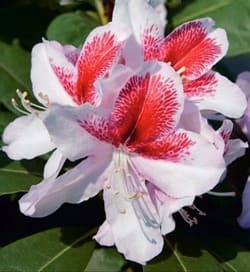










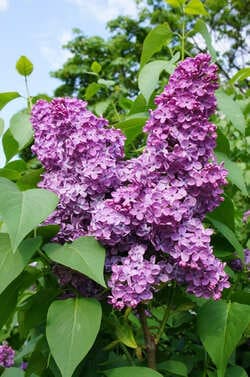

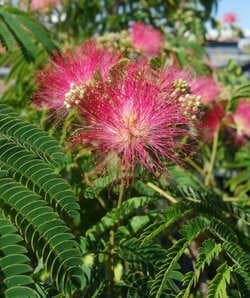




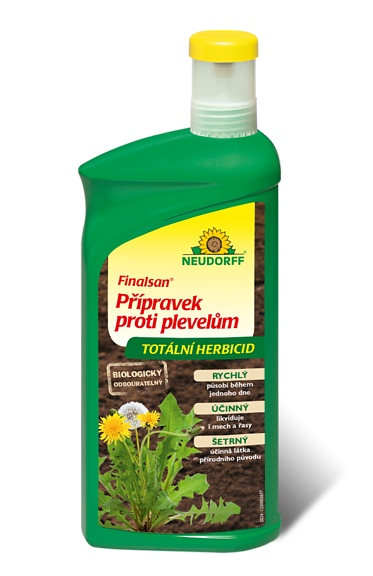


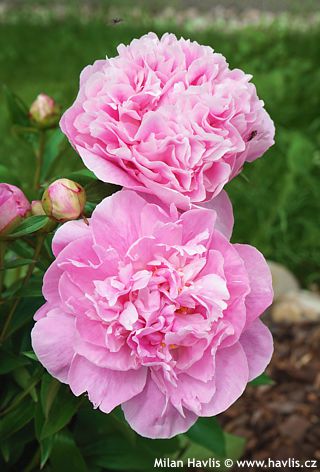
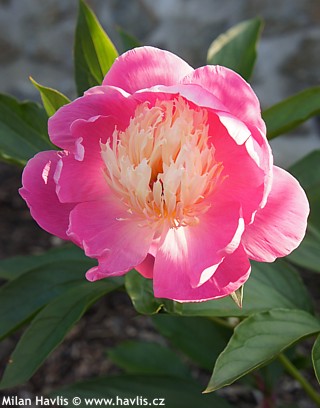
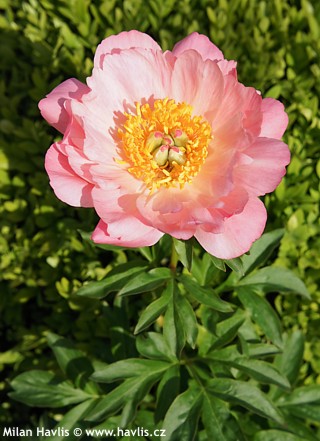

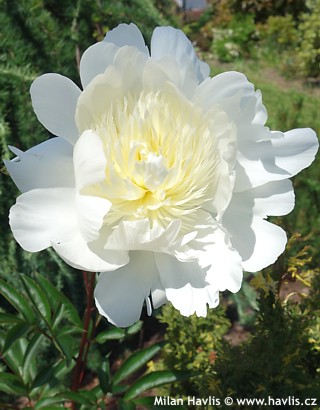
.jpg)
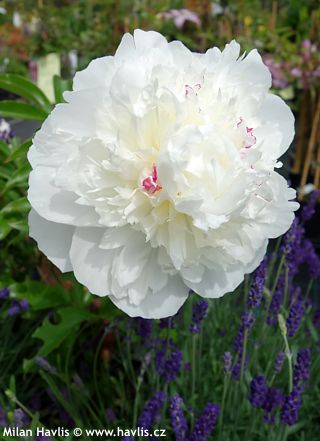
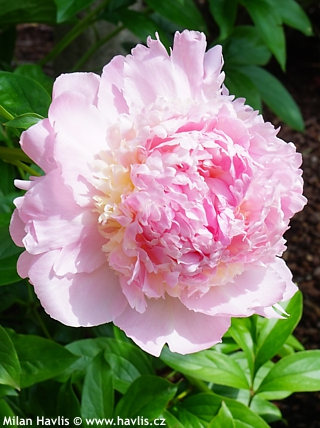

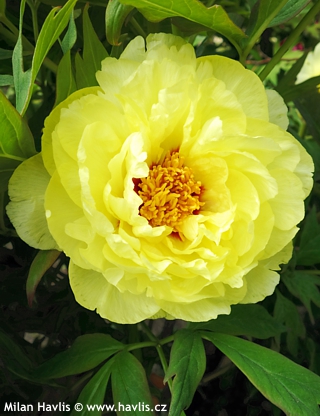

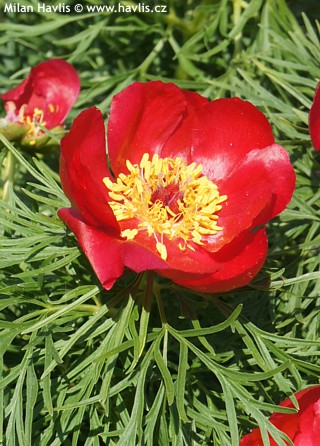
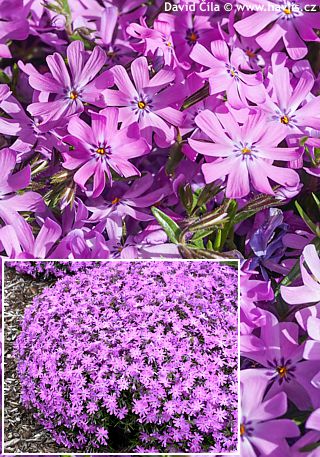
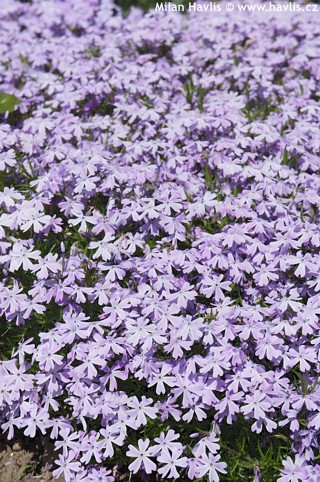
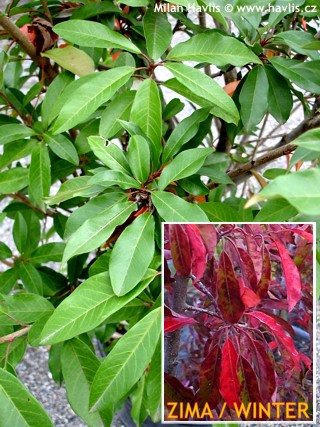
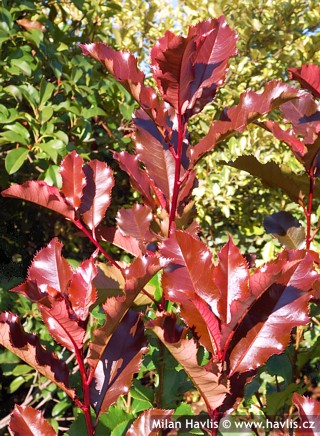
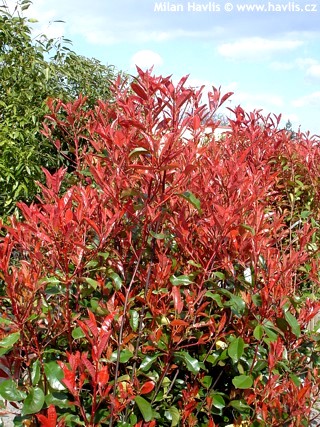
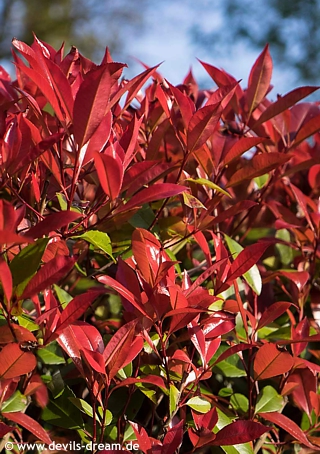
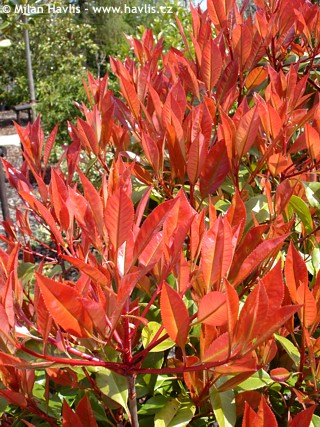
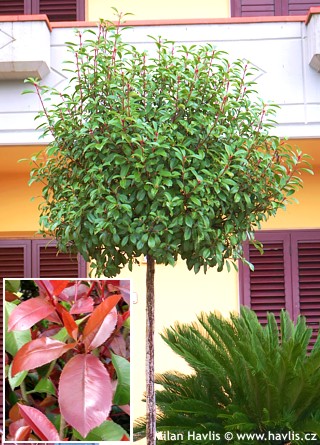
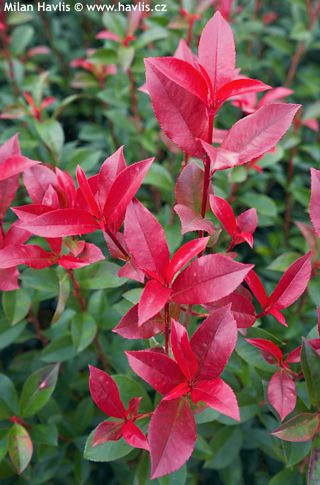
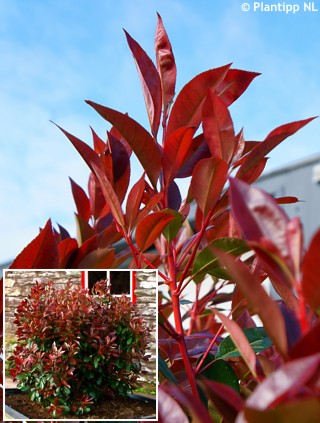
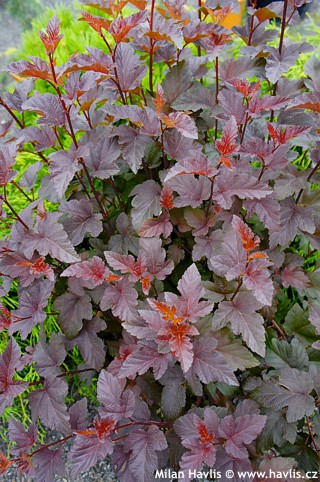
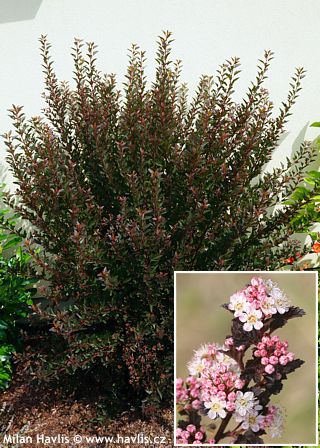
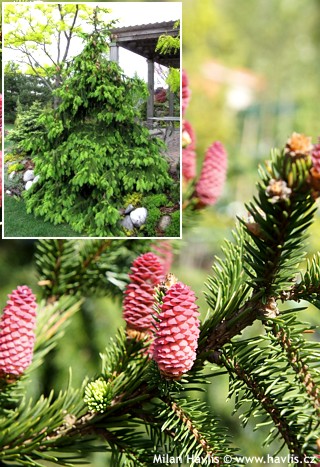
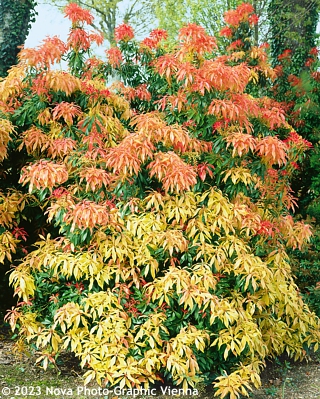
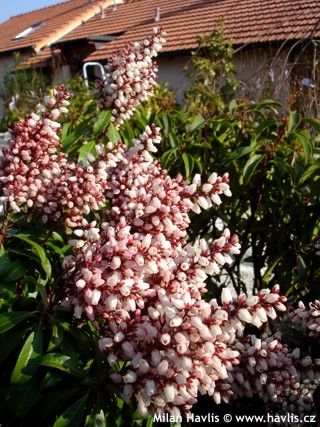
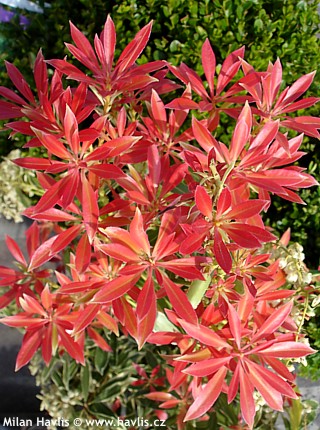
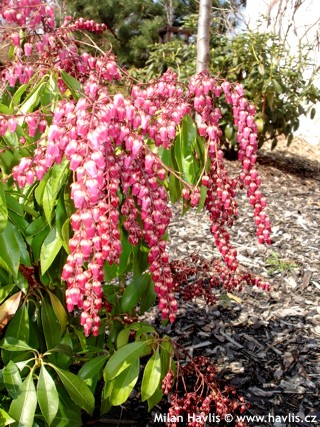
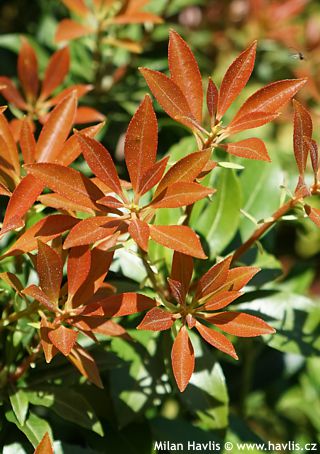
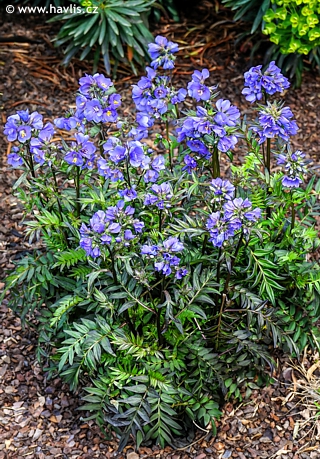
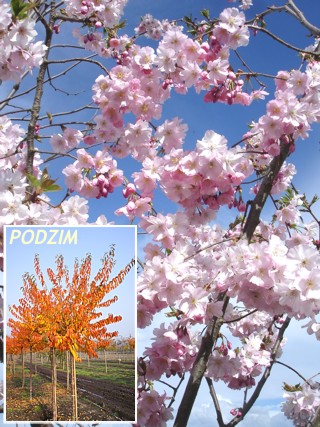
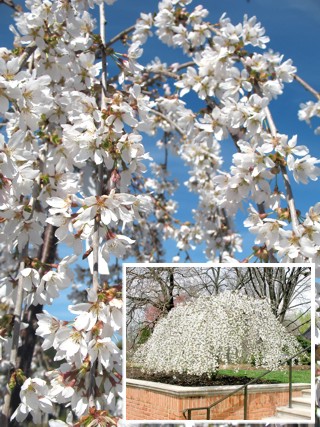
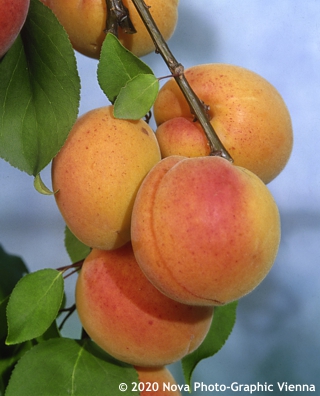
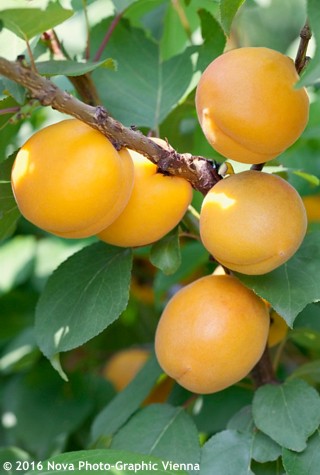
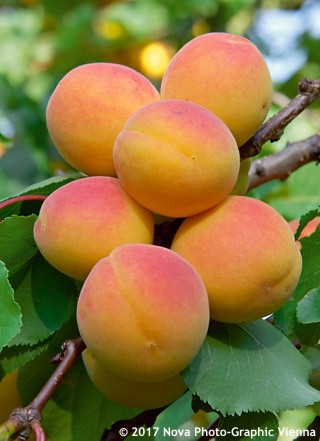
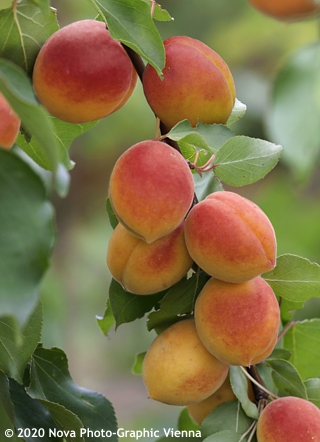


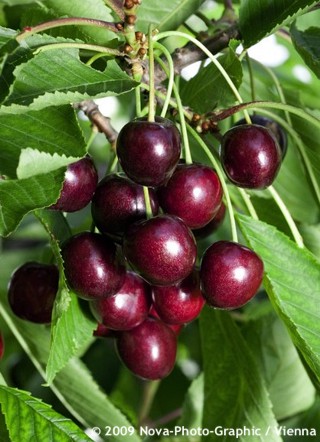
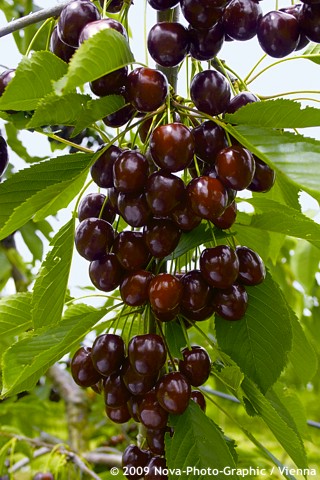
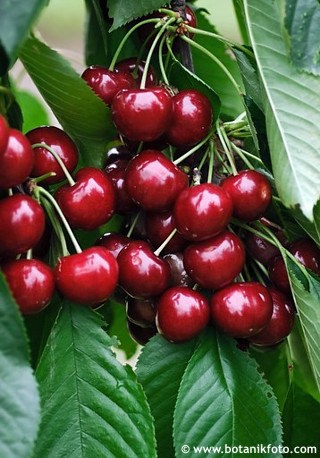
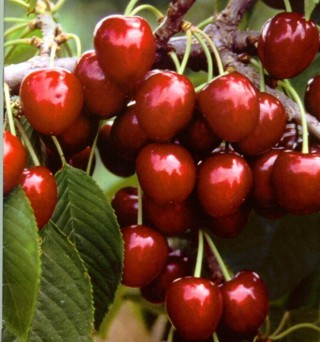
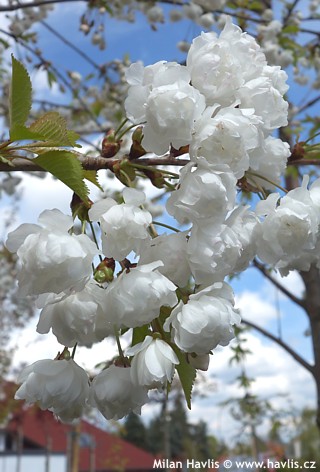
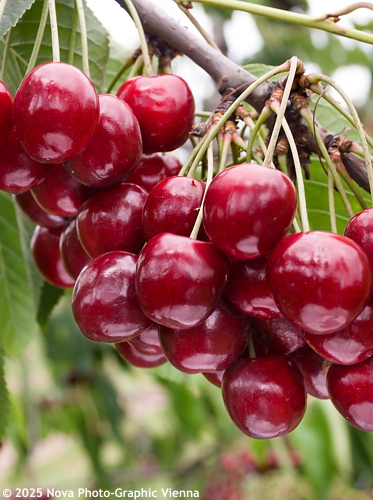
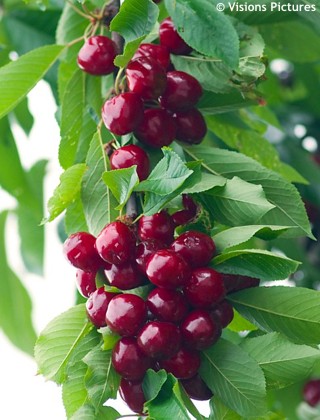
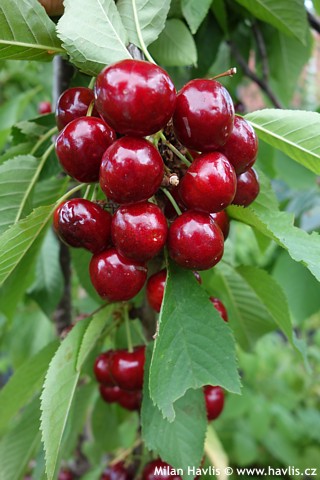
.jpg)

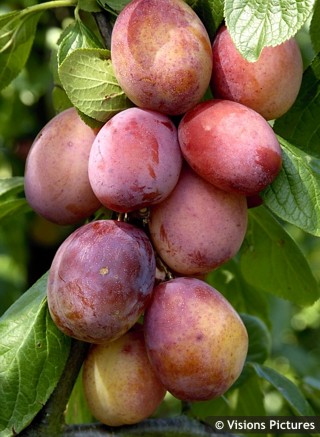
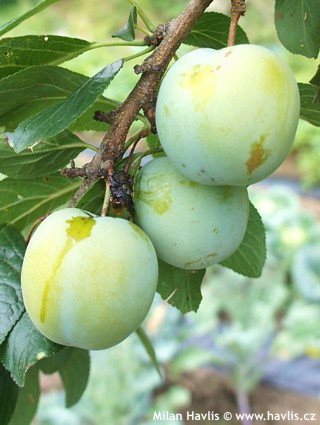
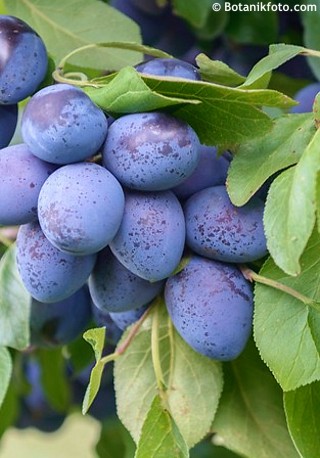
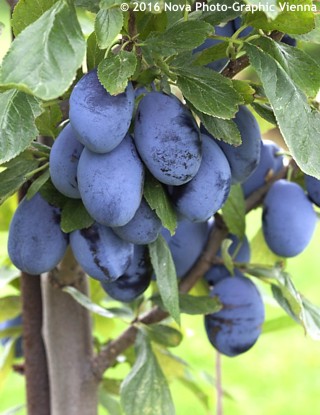
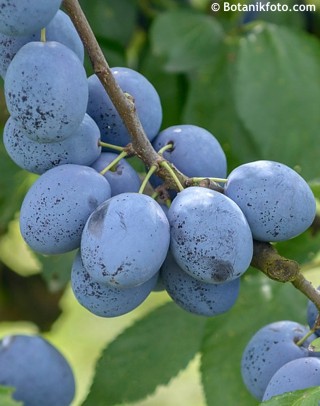
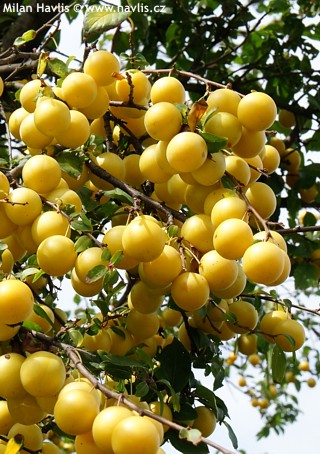
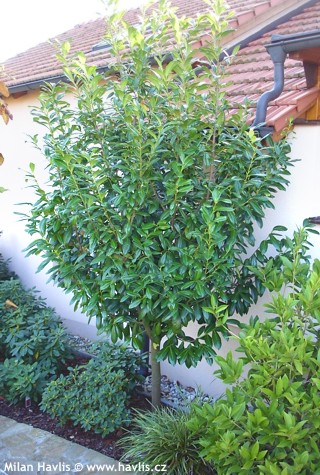
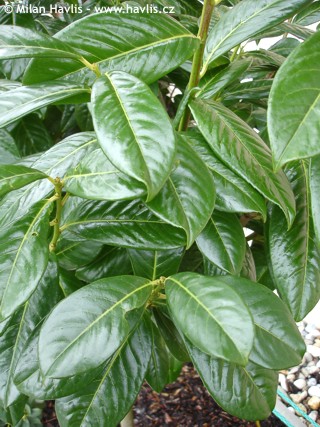
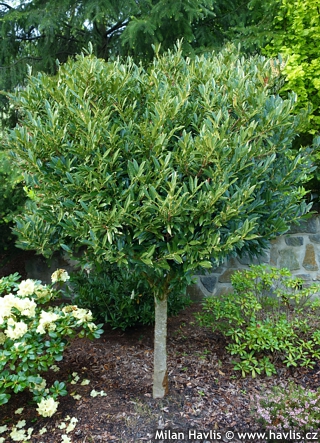
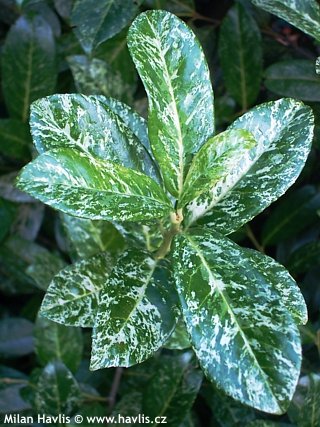
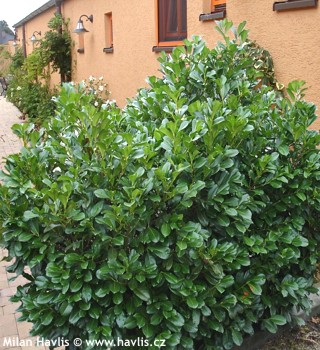

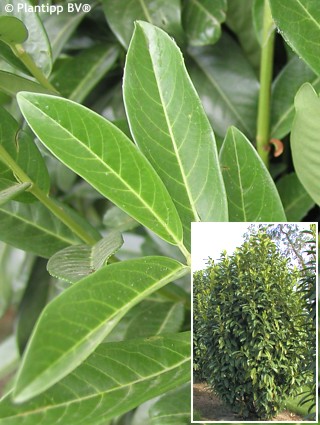
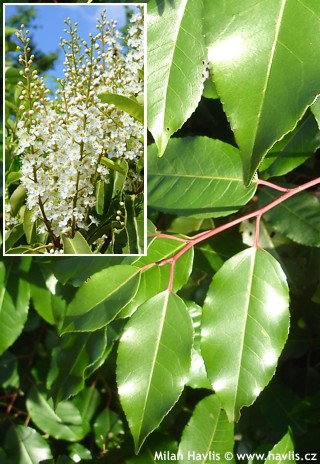
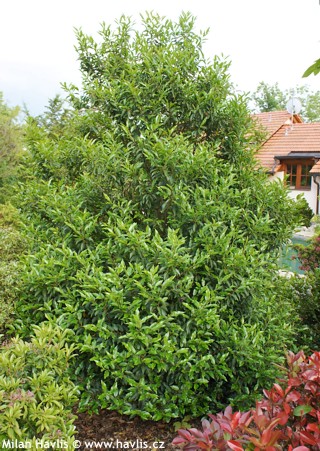
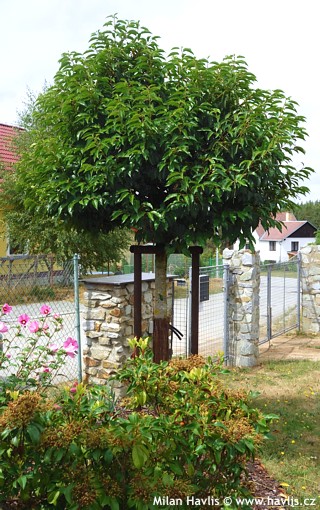
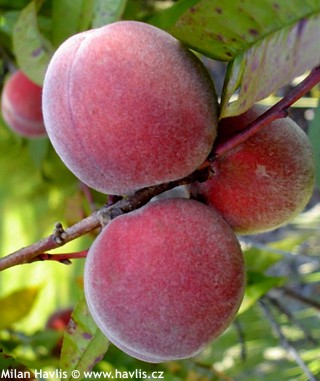

.jpg)
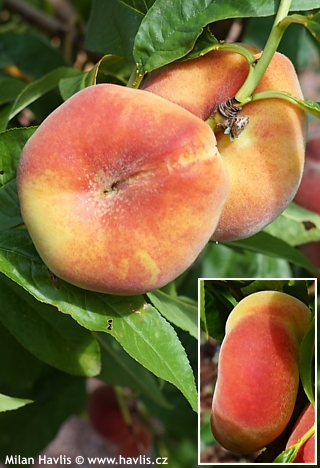
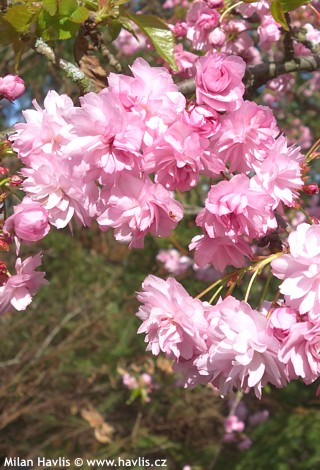
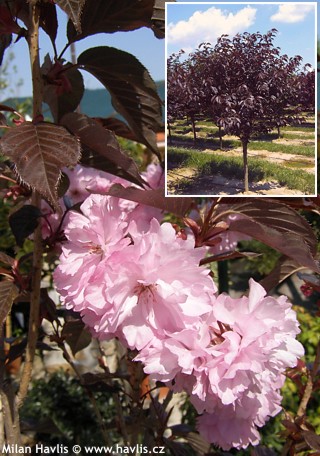
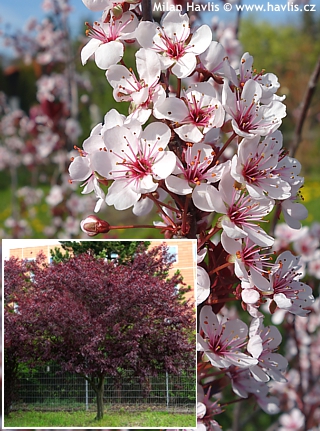
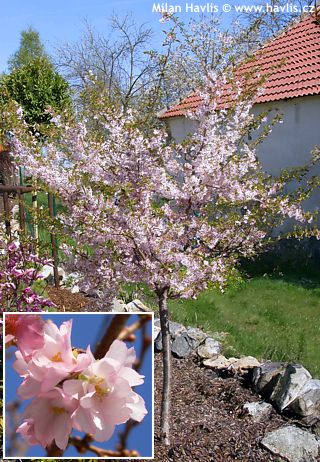
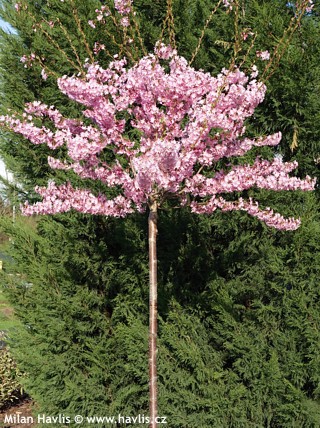
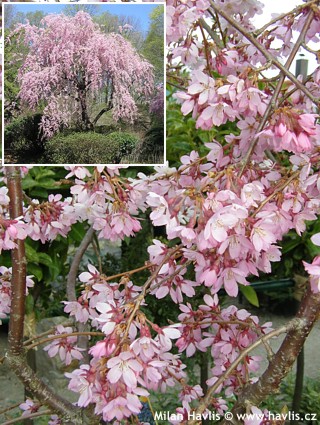
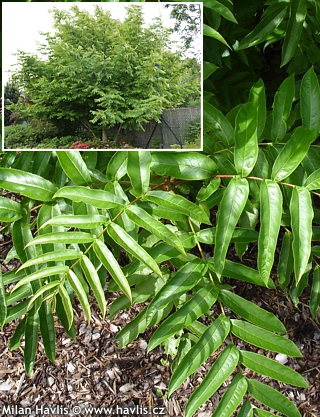
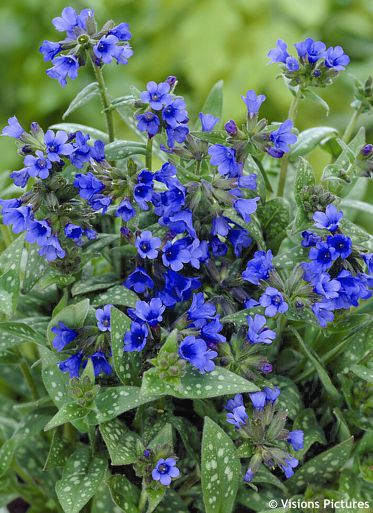
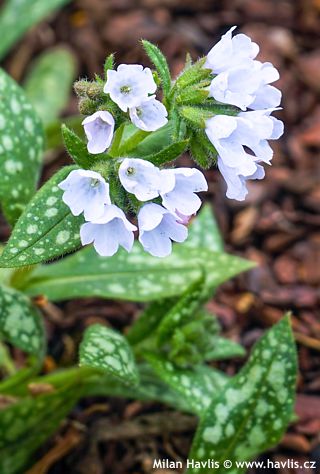
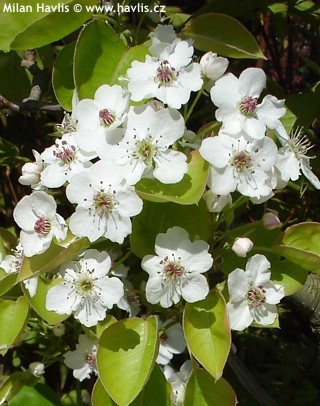
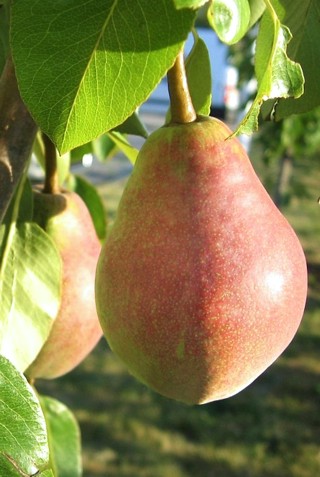
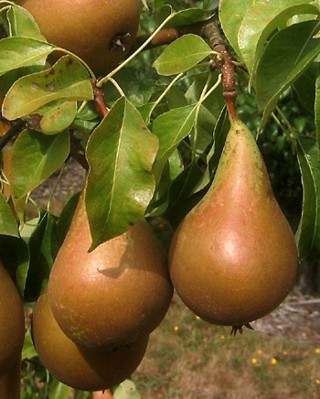

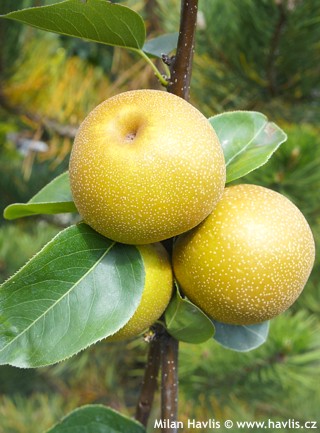

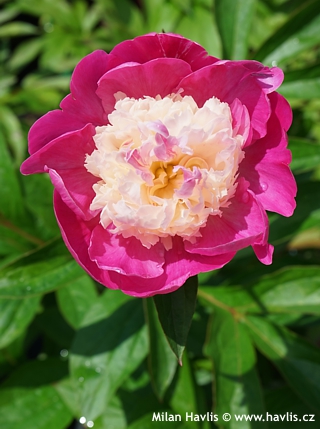
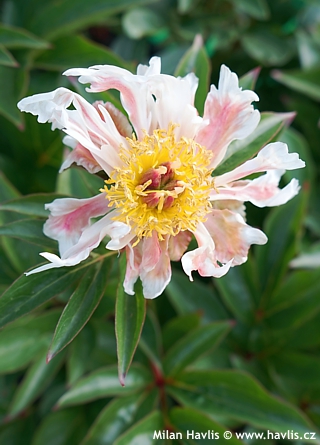
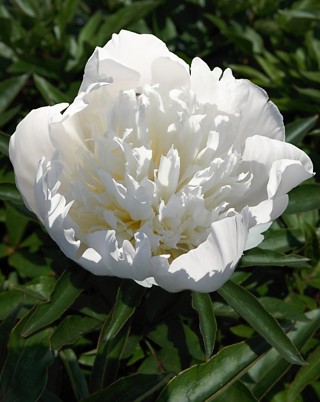
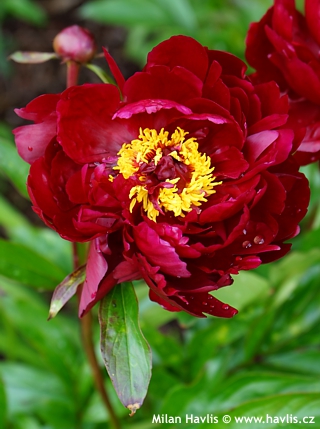
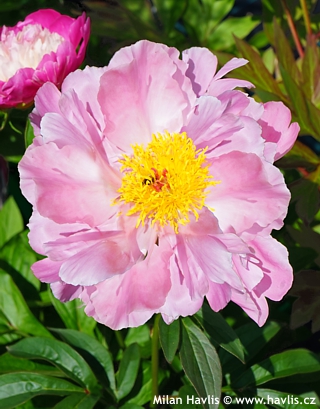
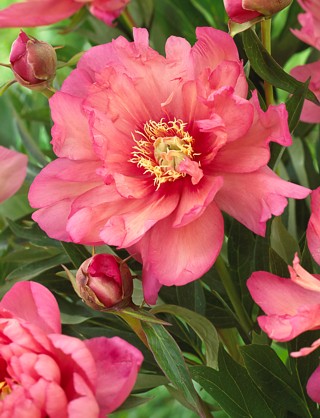
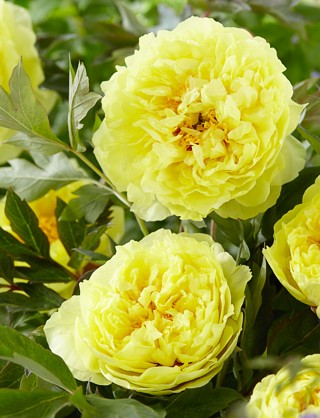

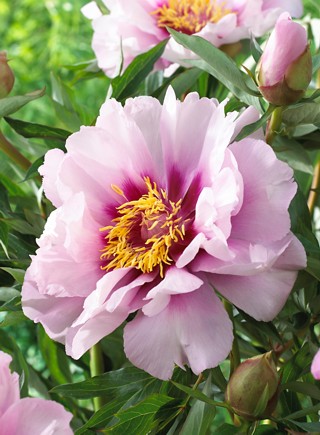
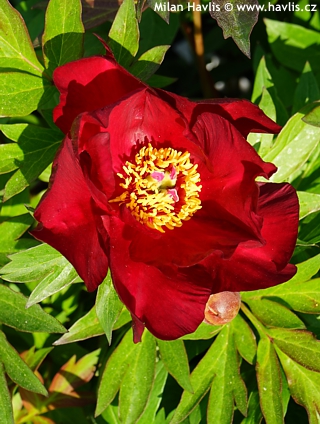
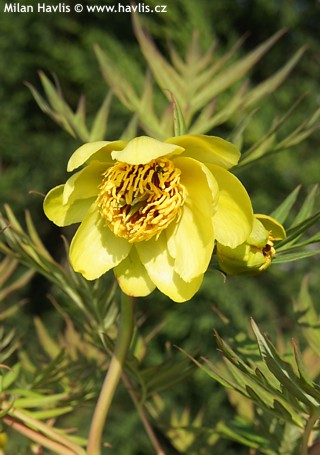
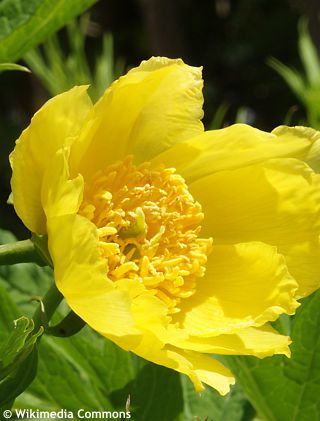
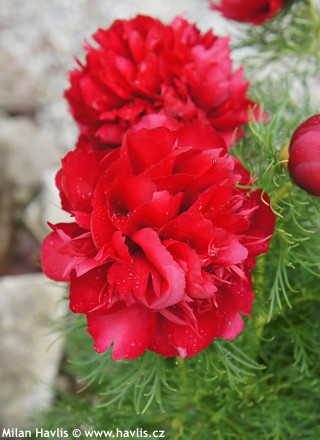
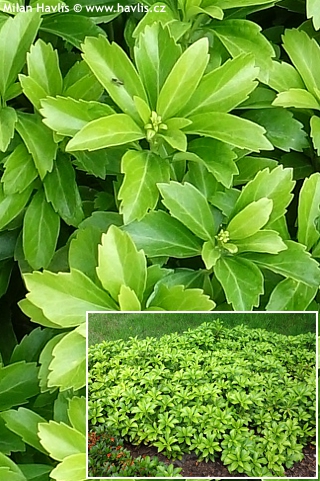
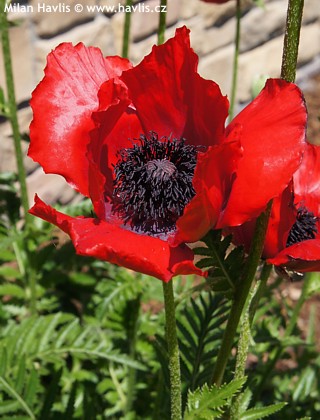
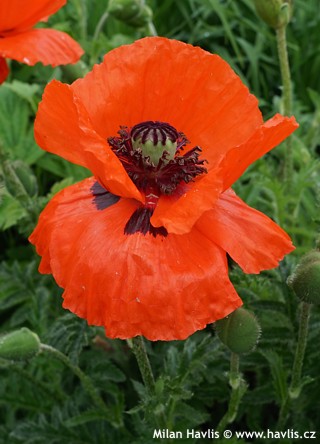
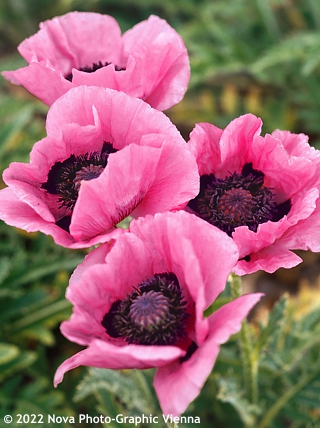
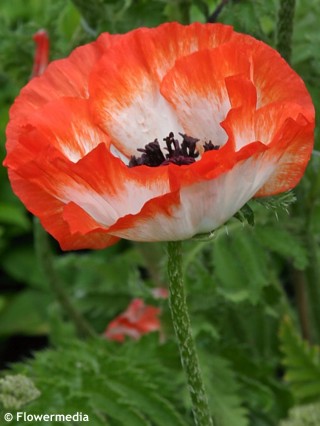
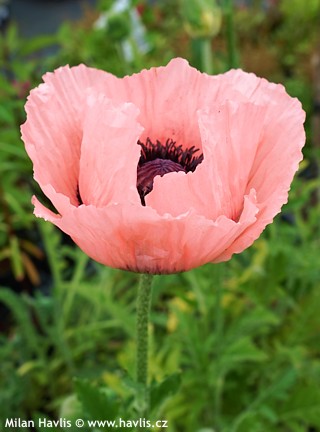
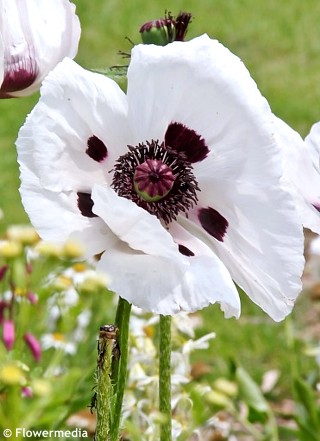
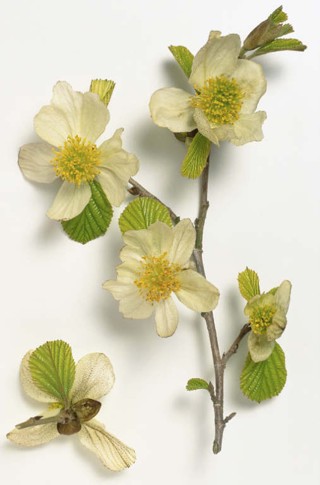
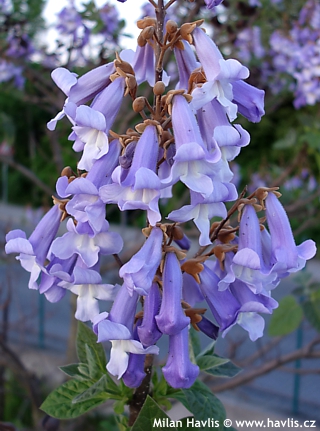
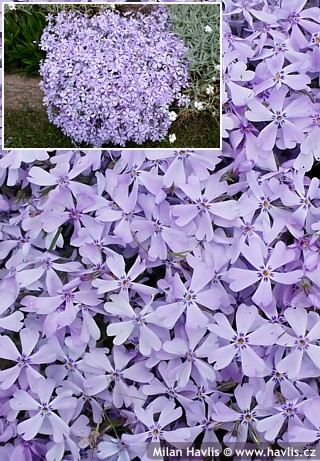
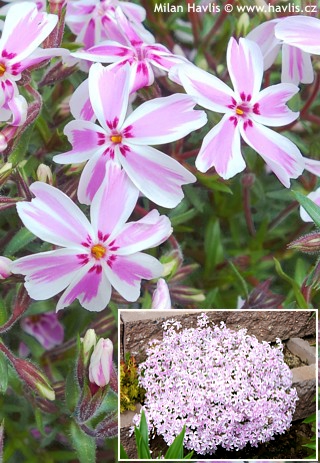
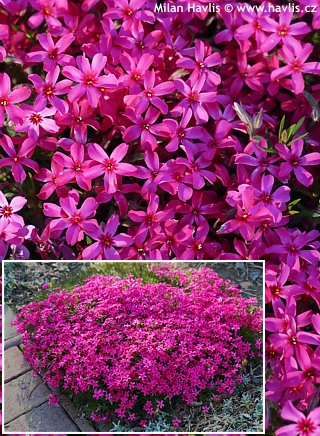
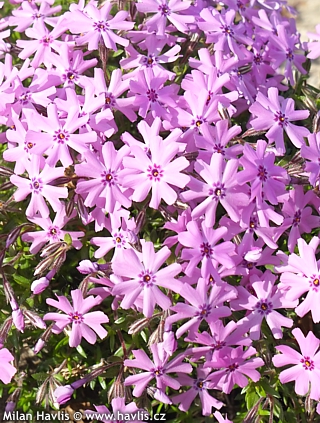
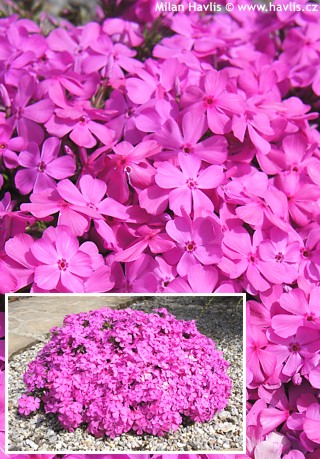
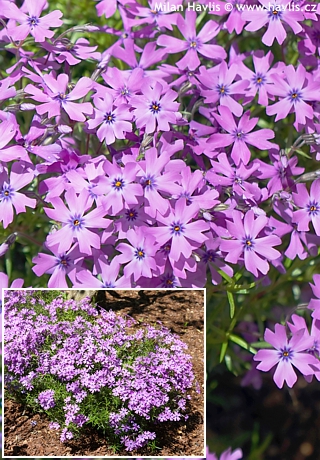
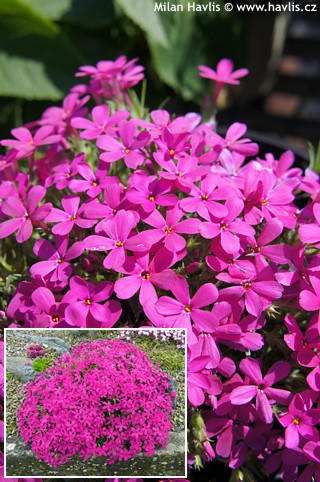
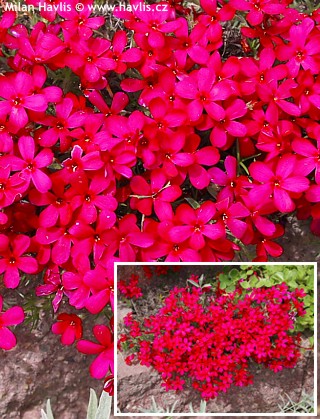
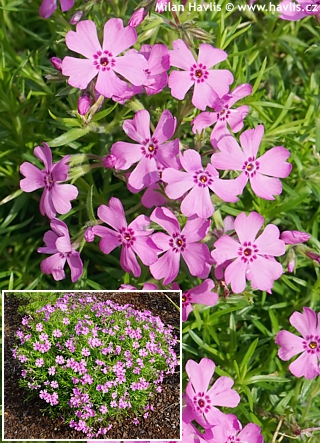
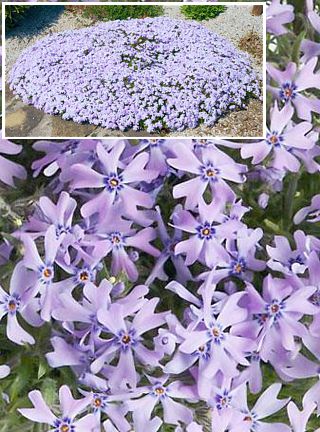
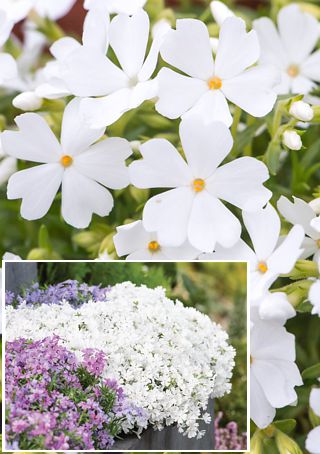
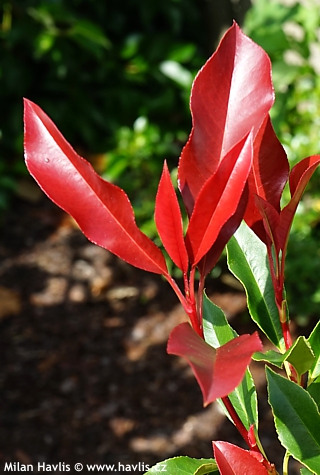
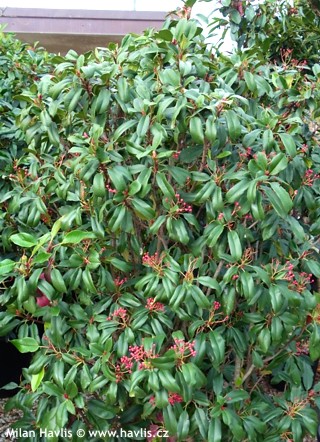
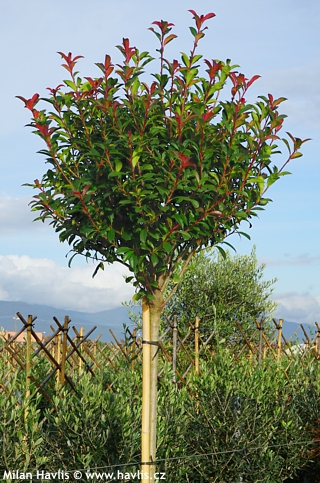
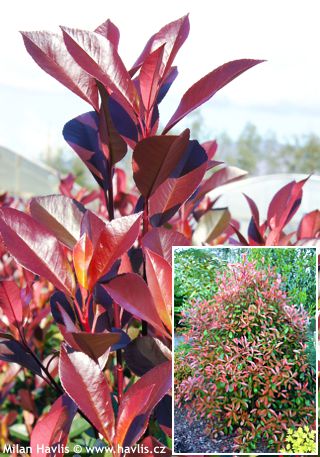
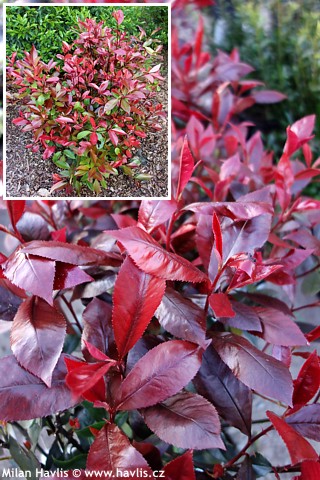
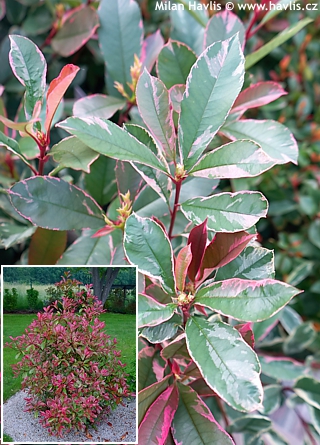
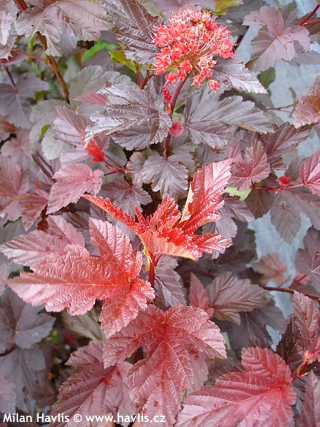
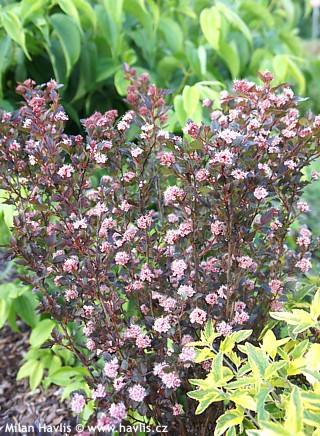
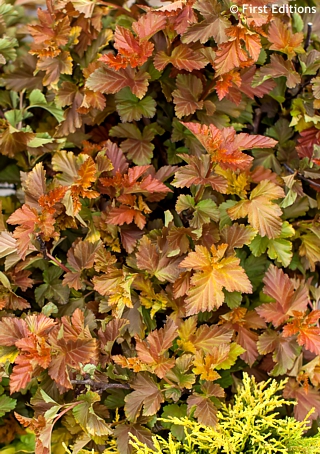
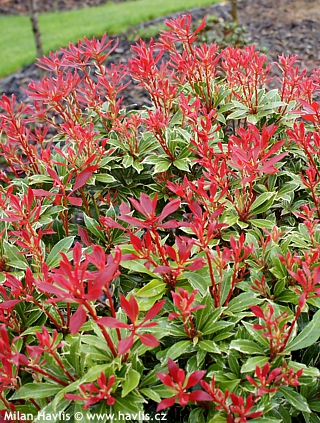
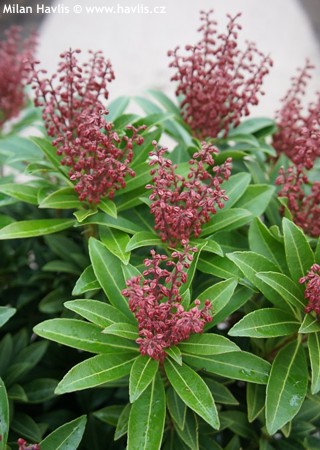
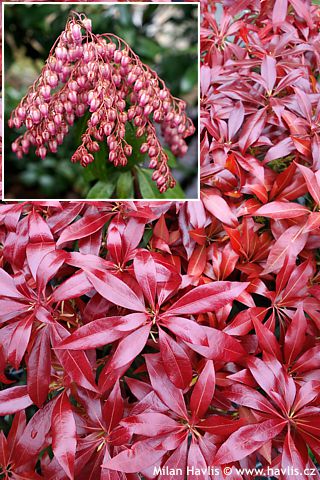
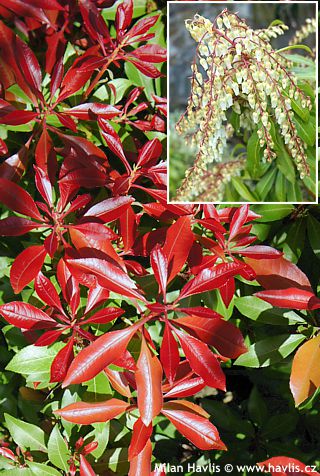
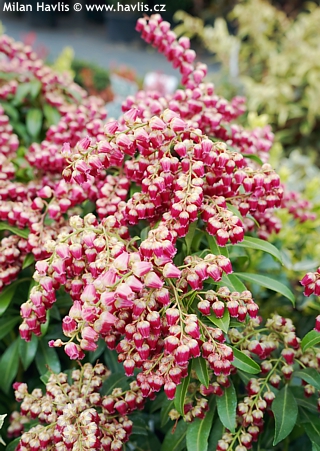
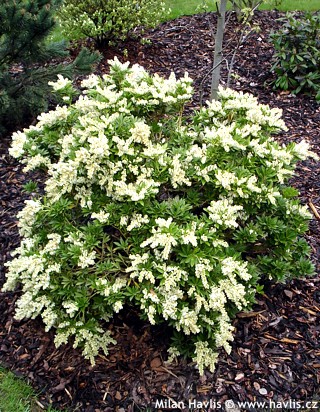
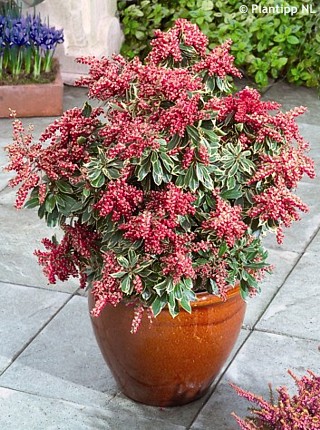
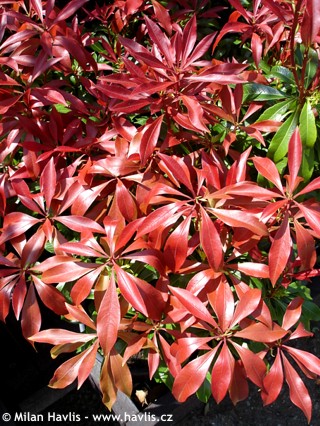
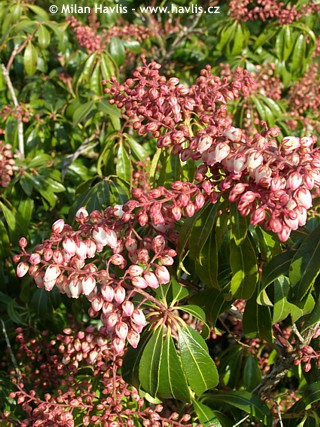
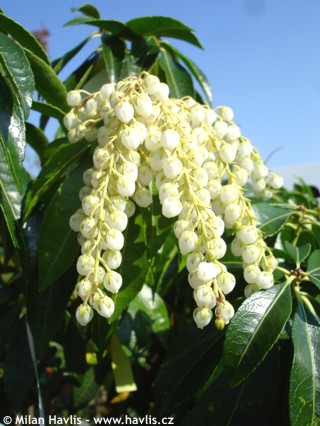
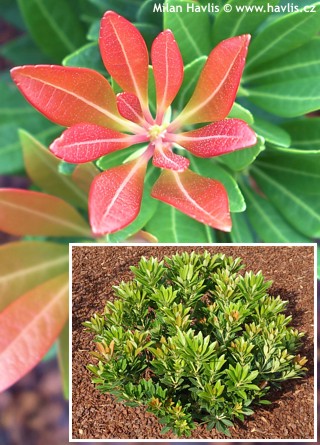
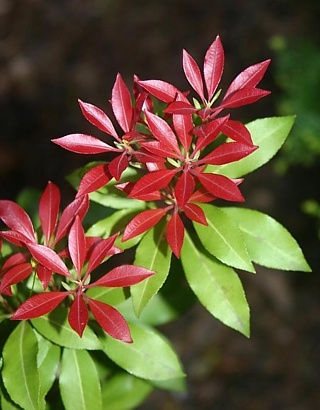
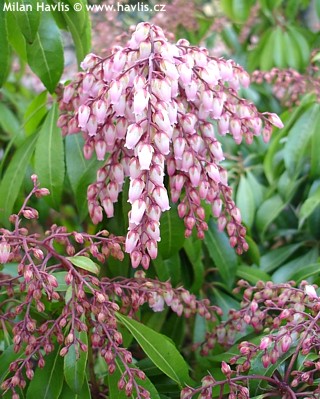
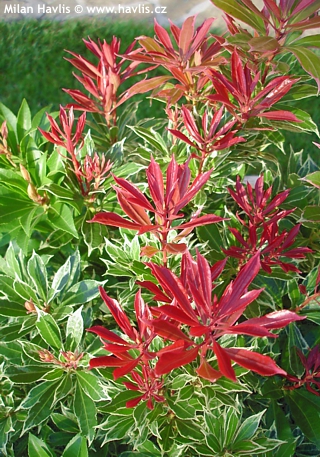
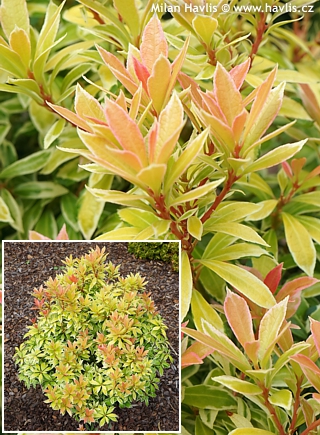
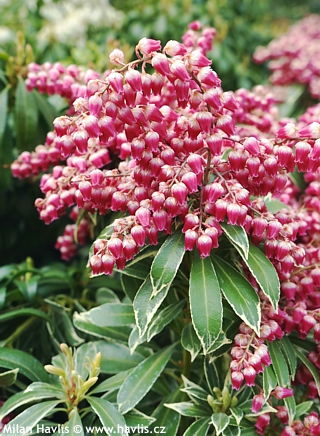
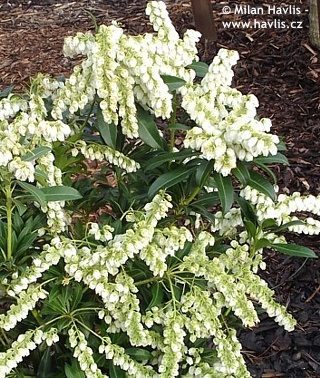
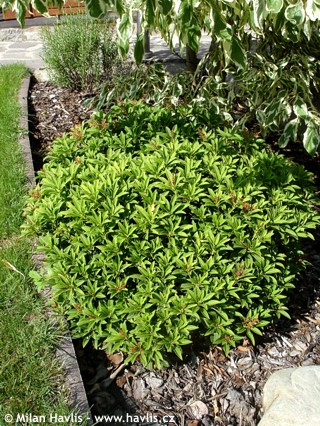
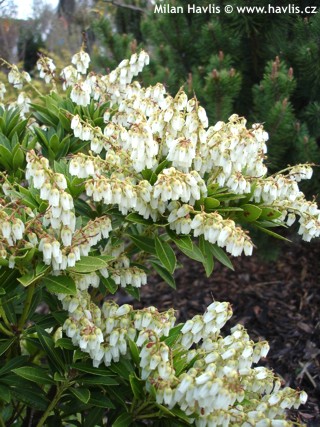
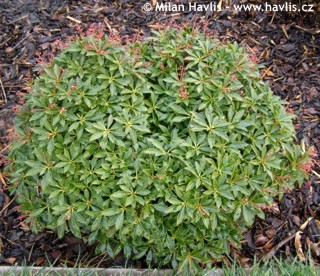
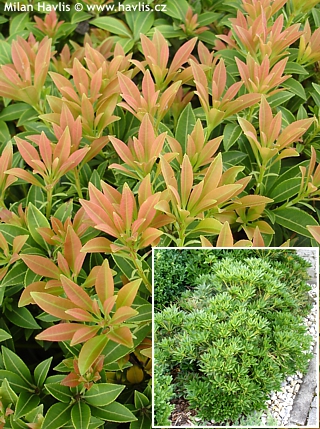
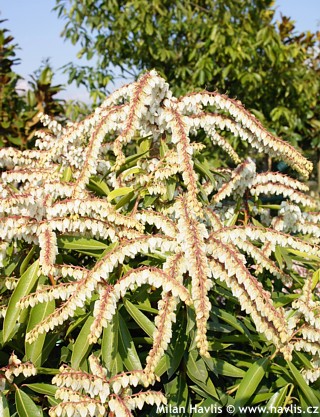
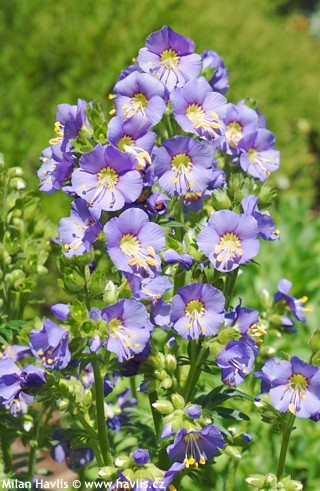
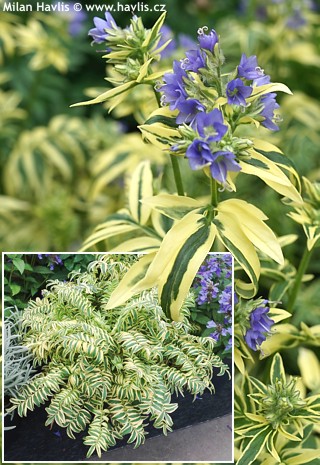
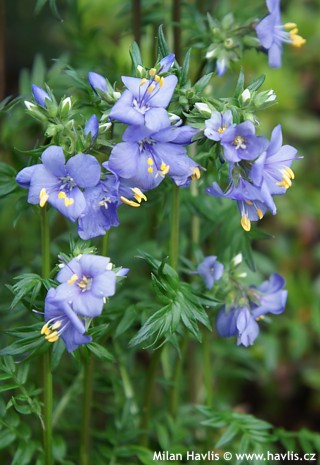
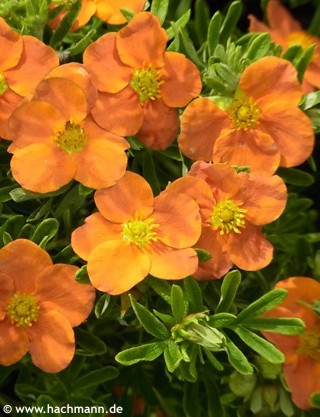

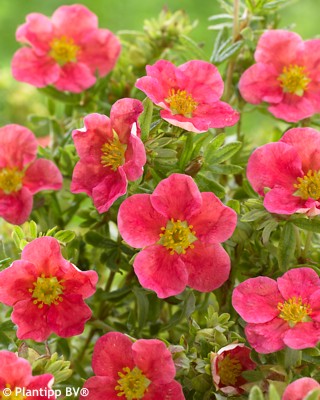
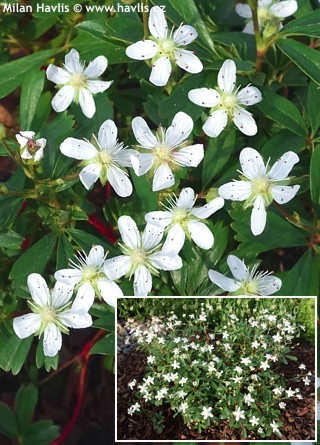
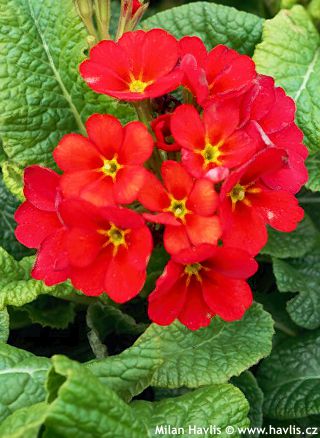
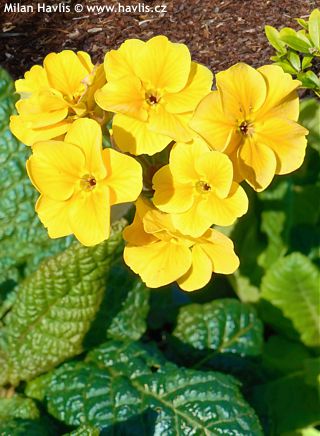

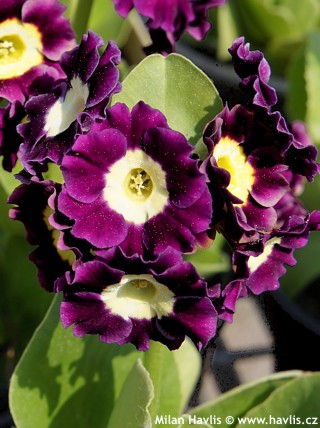


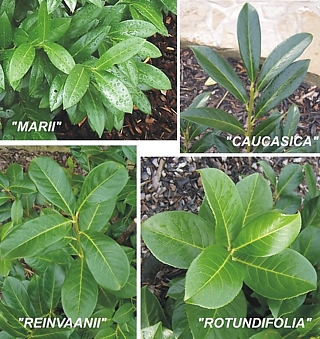
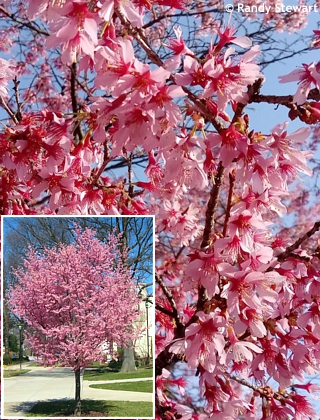
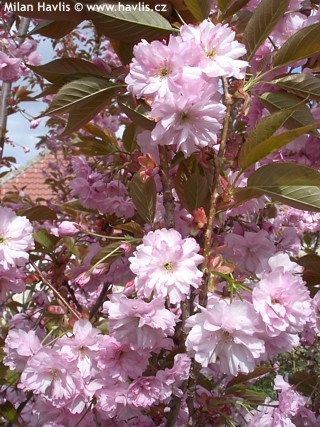
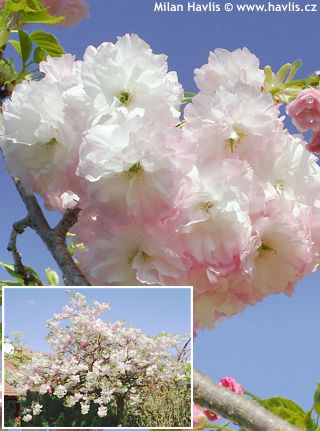
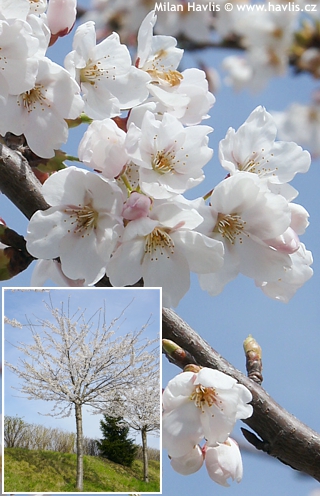
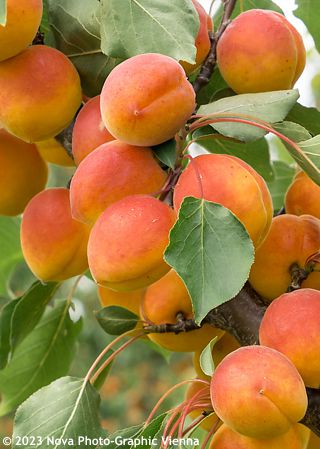
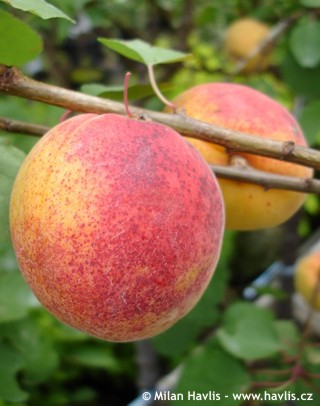
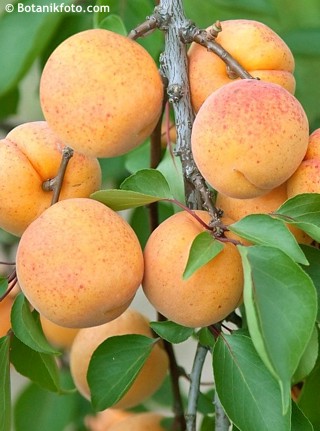
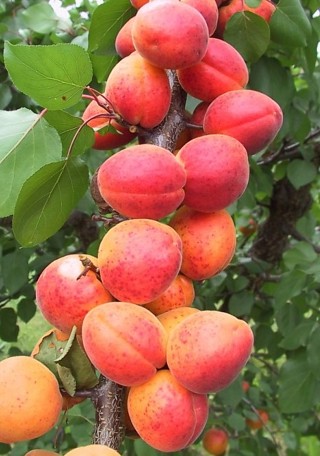
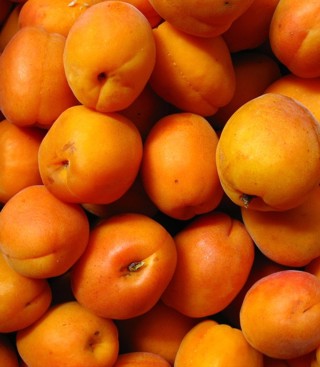

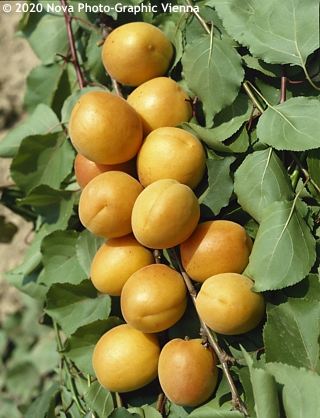
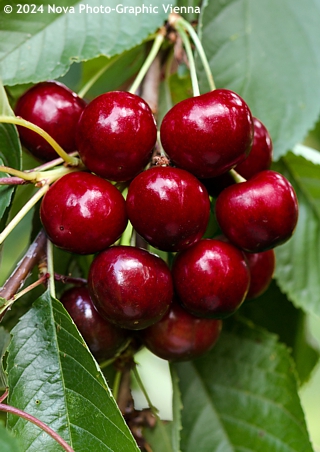
.jpg)
